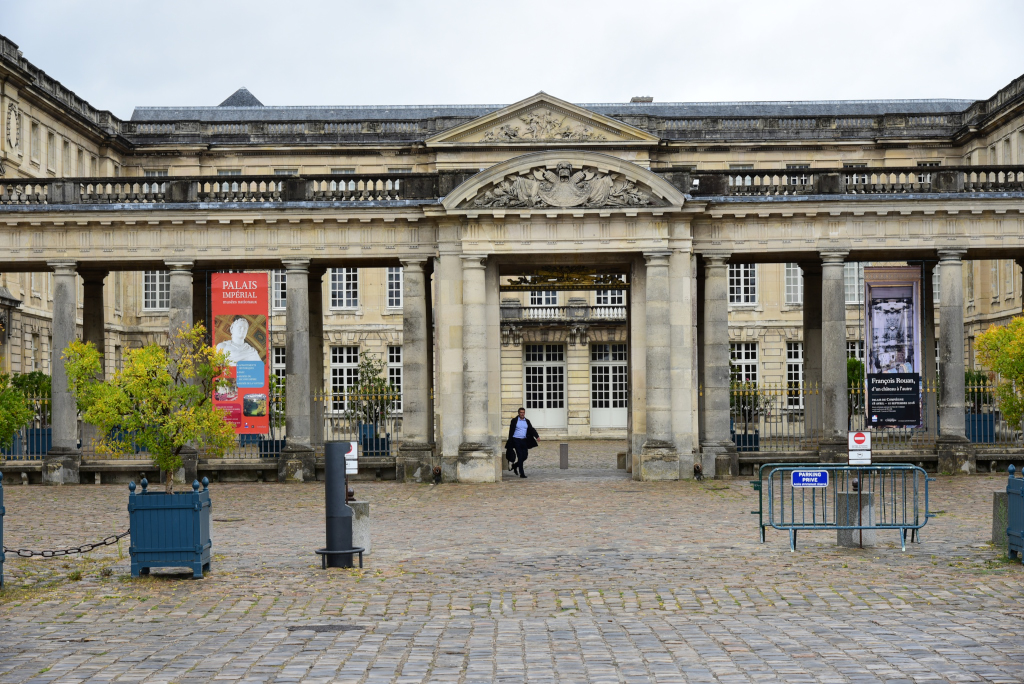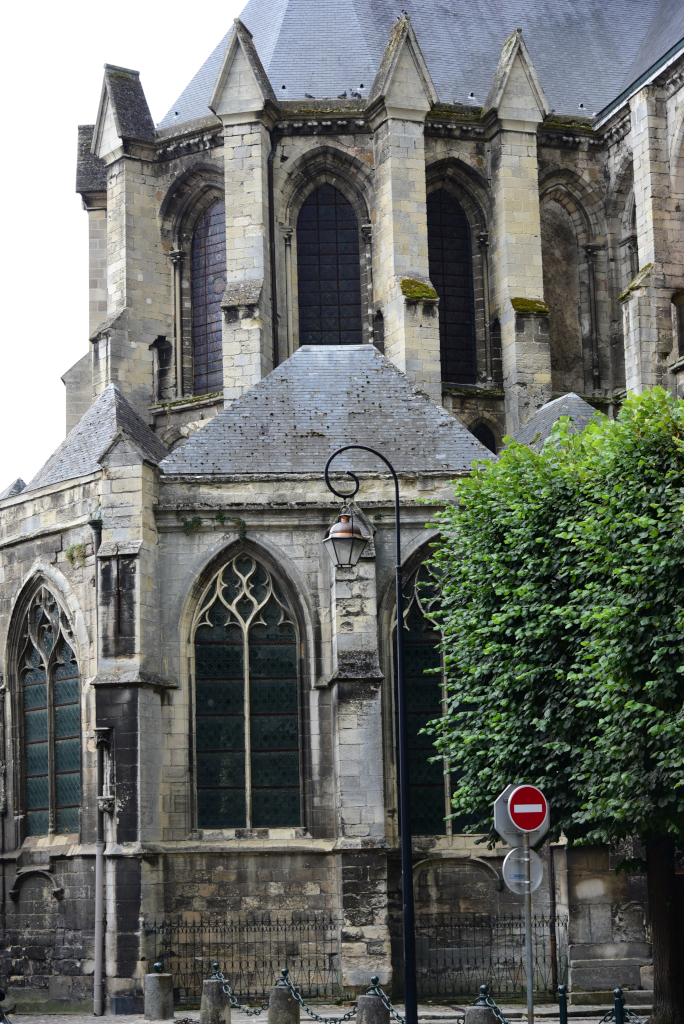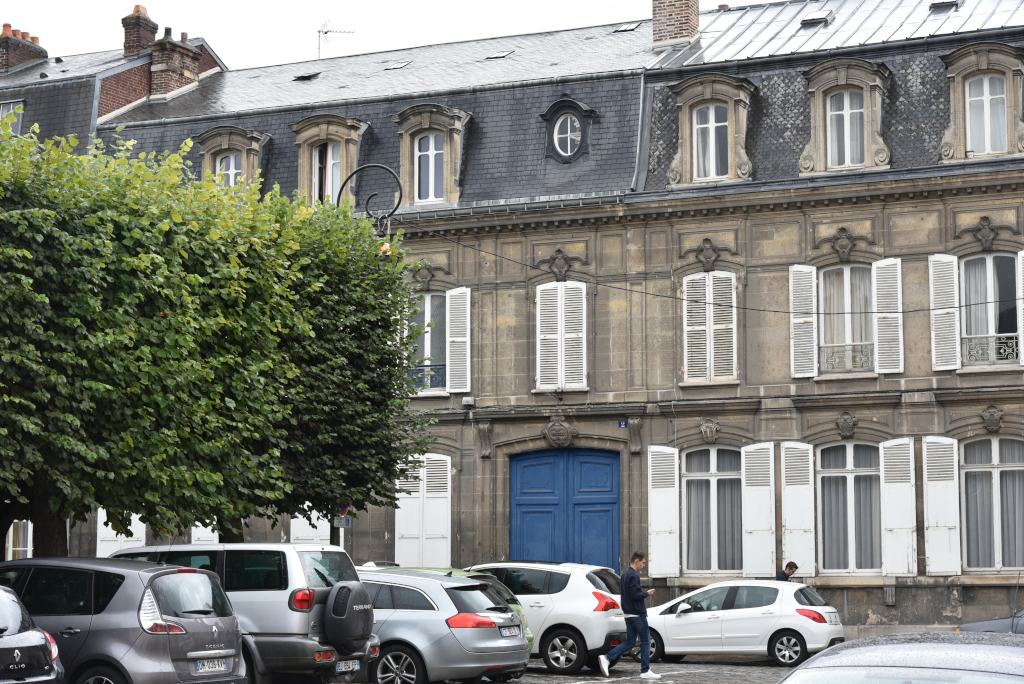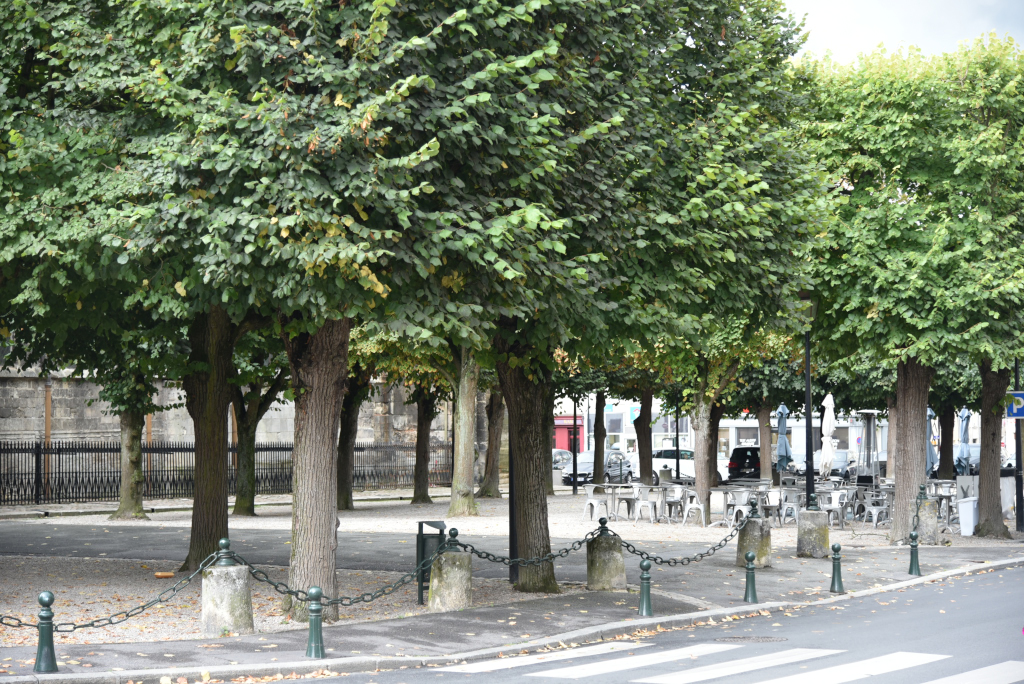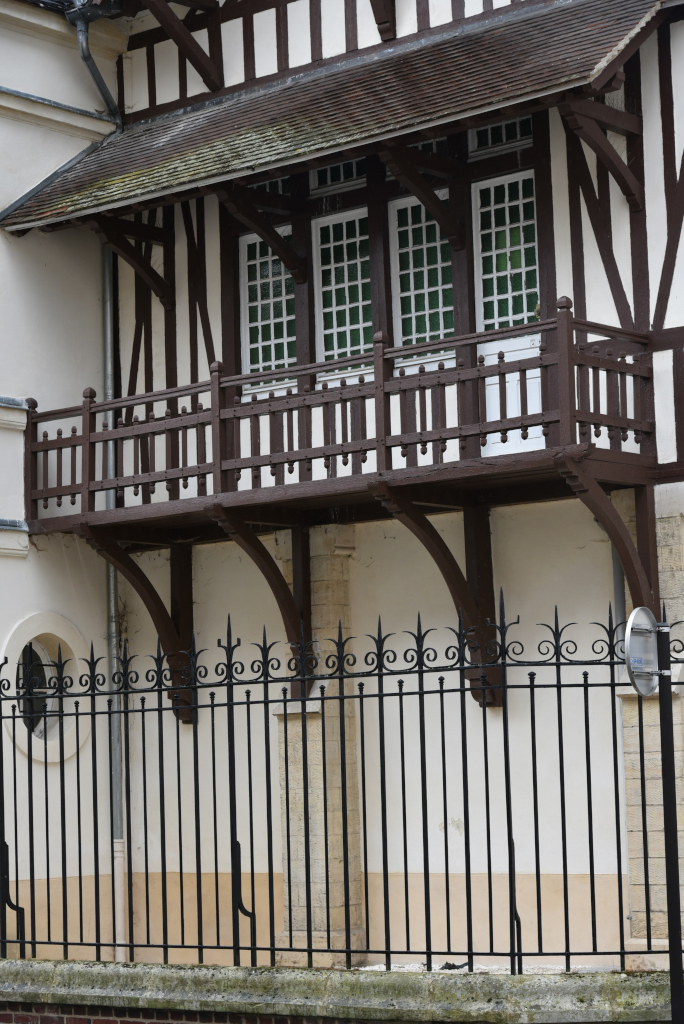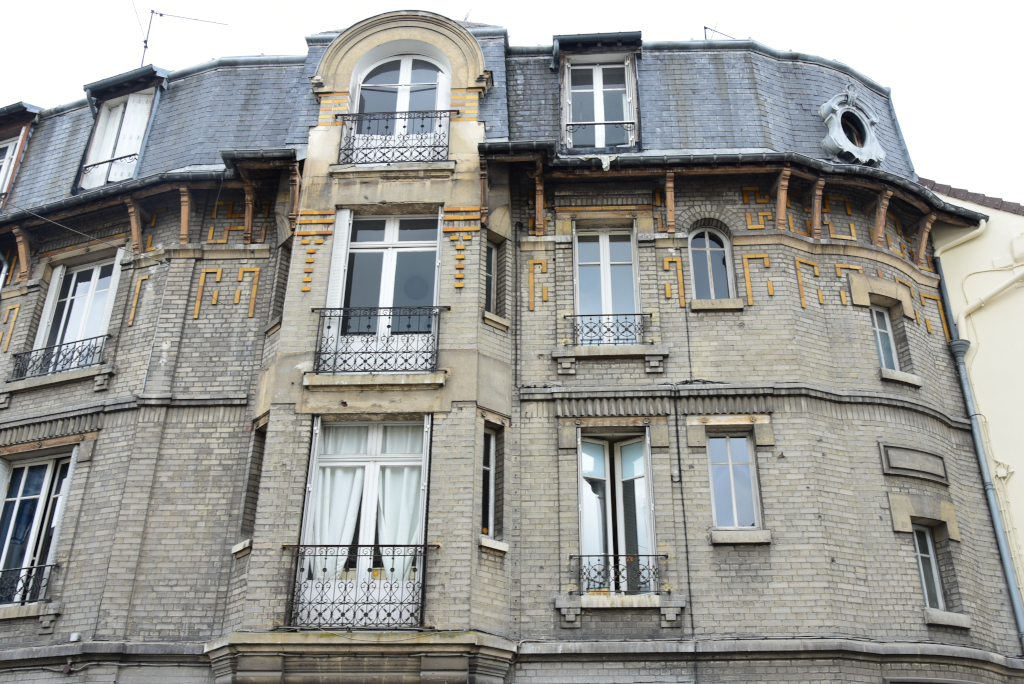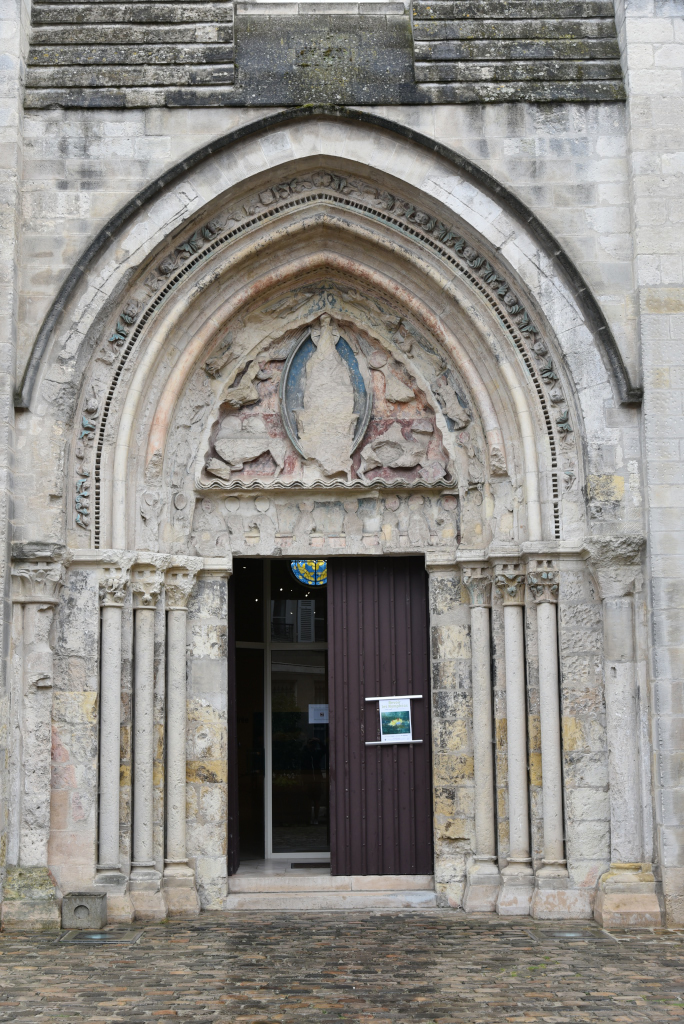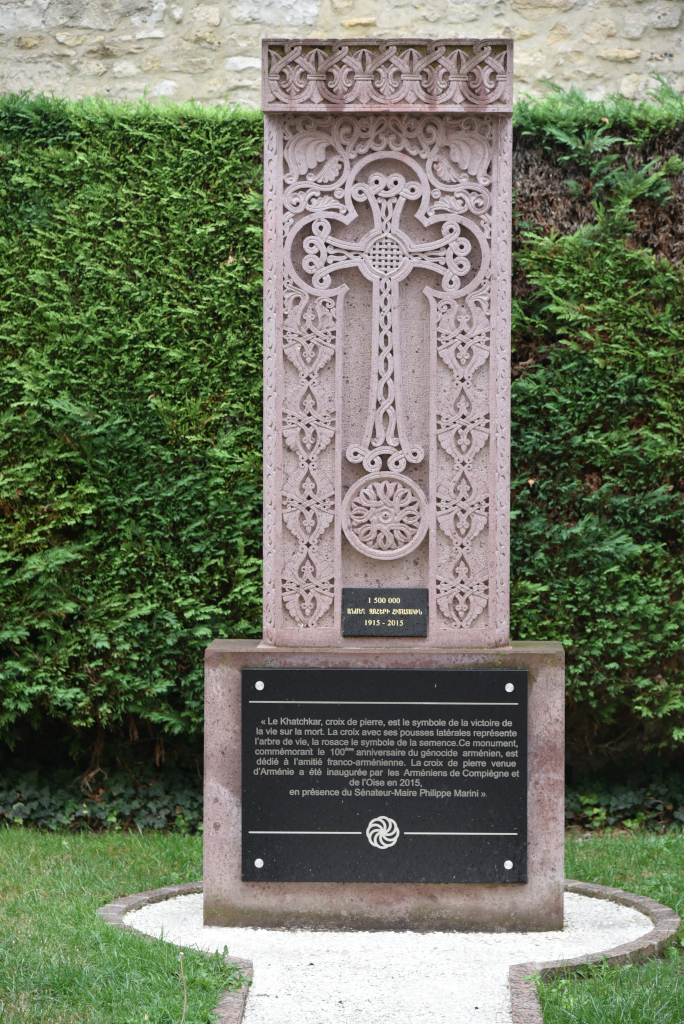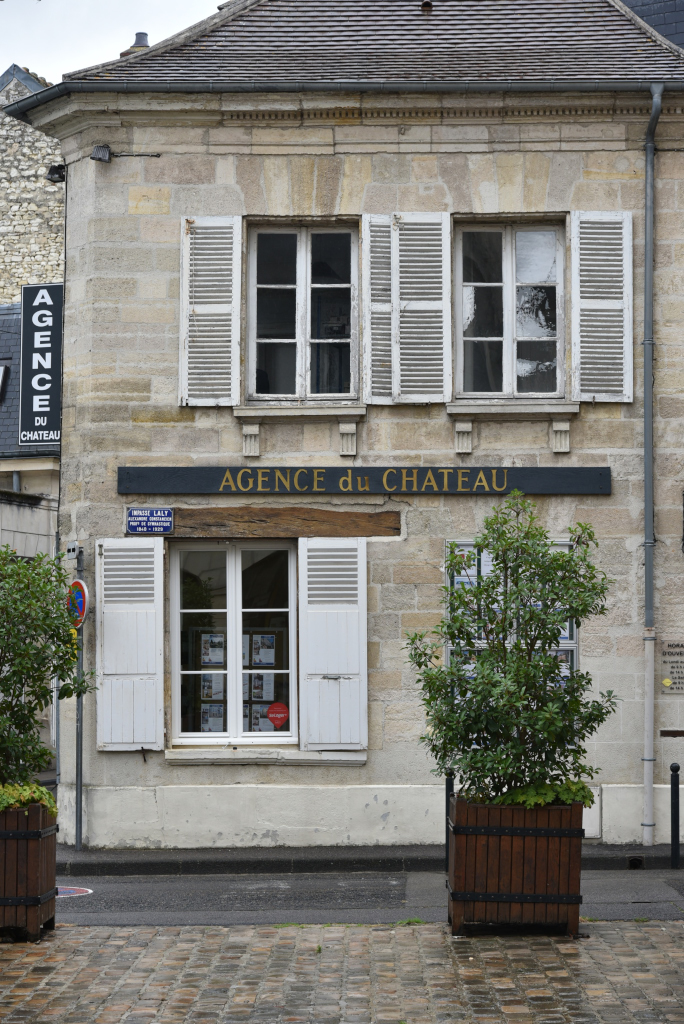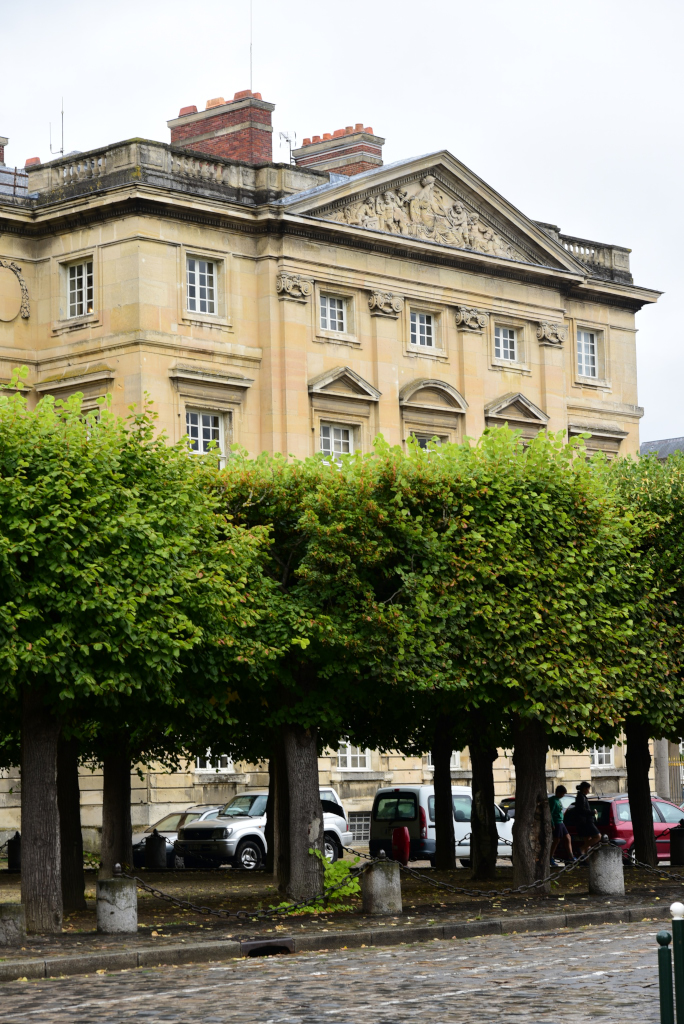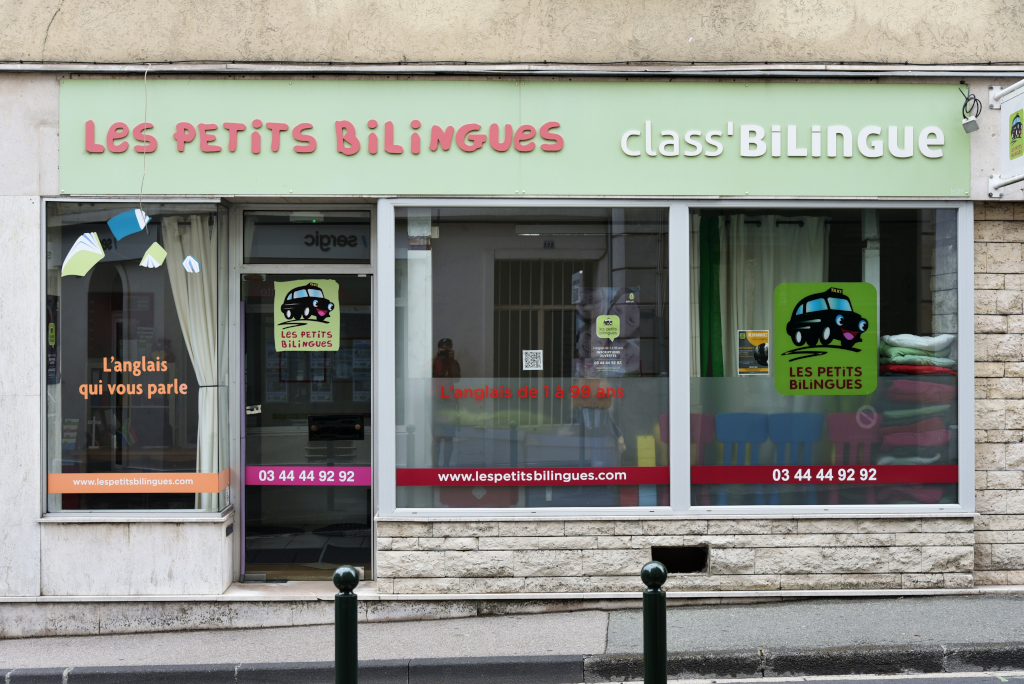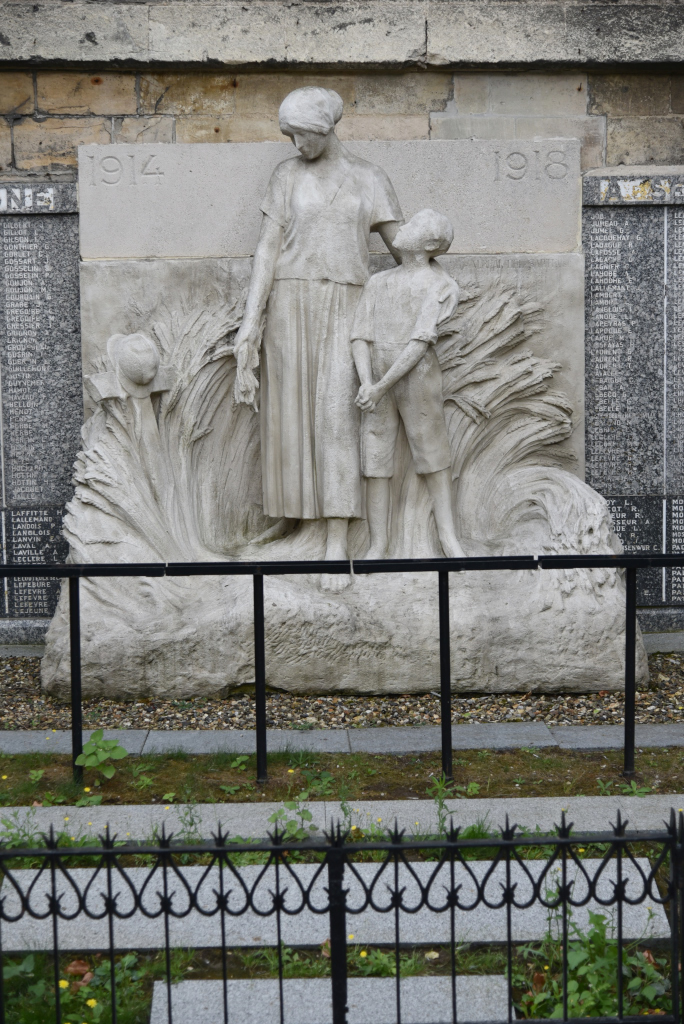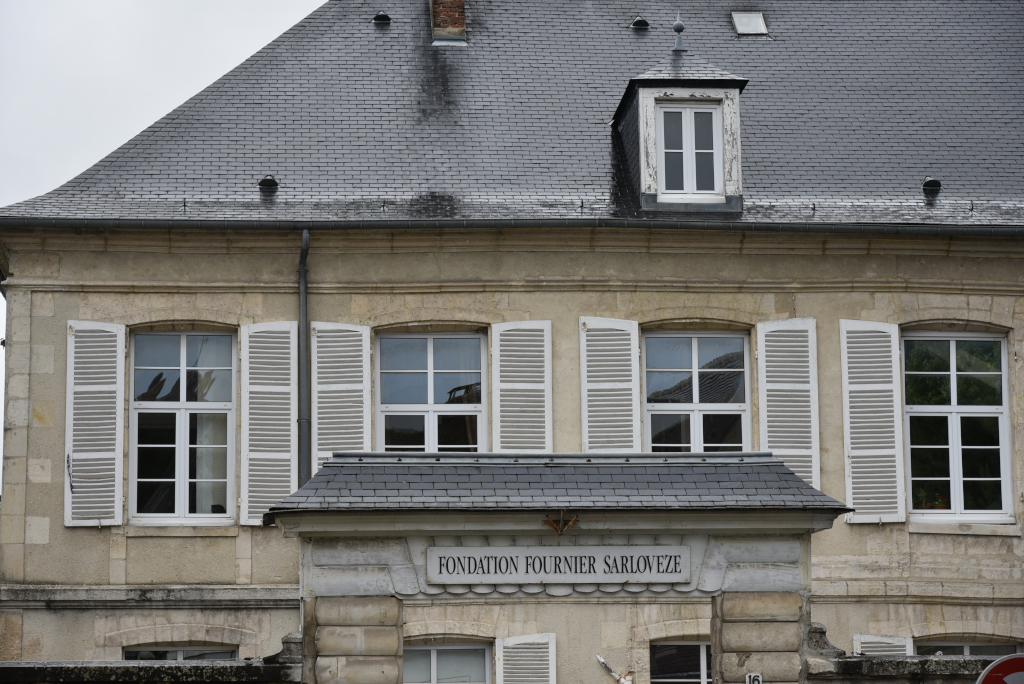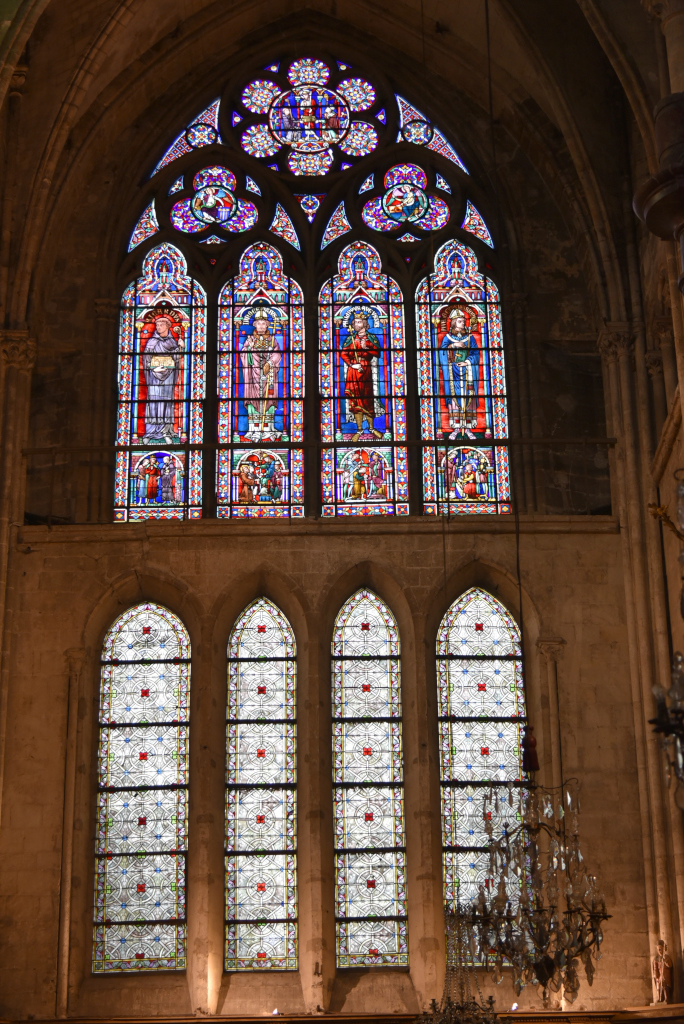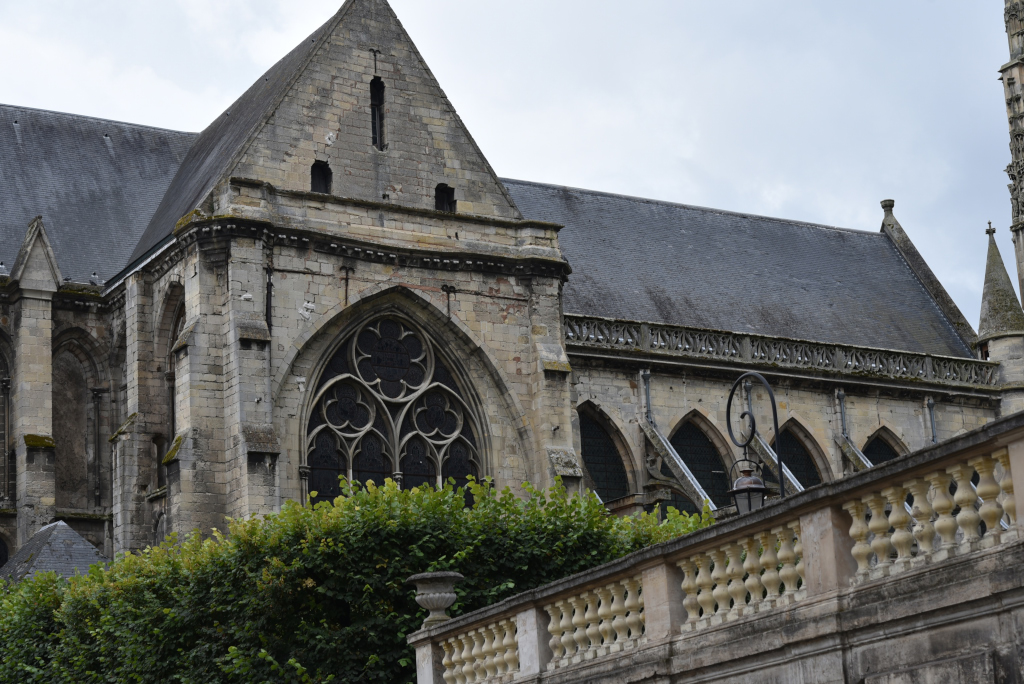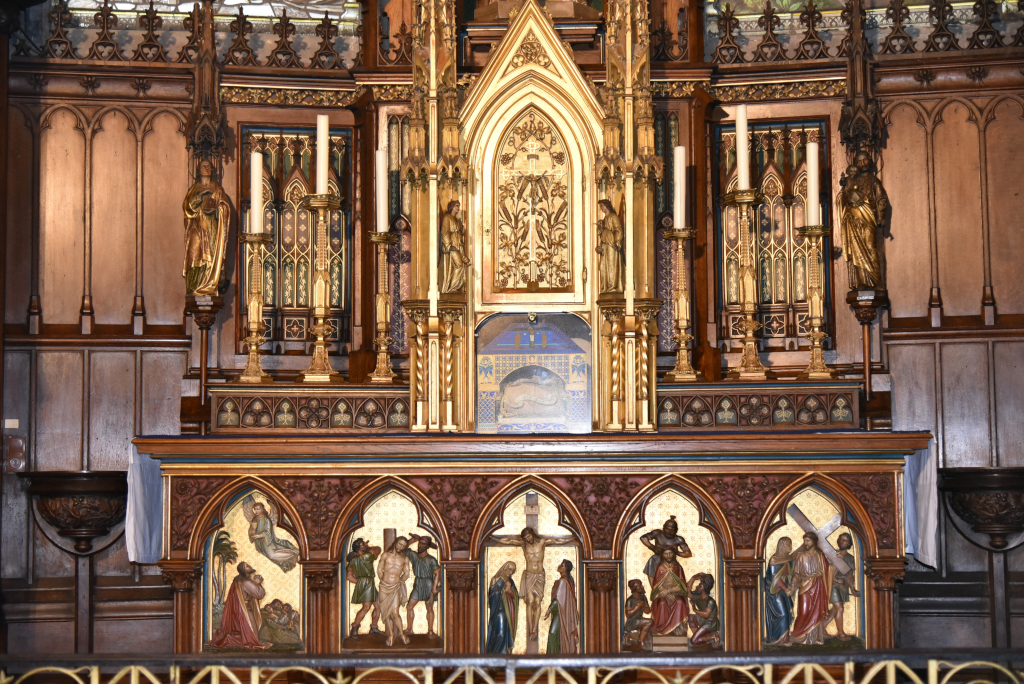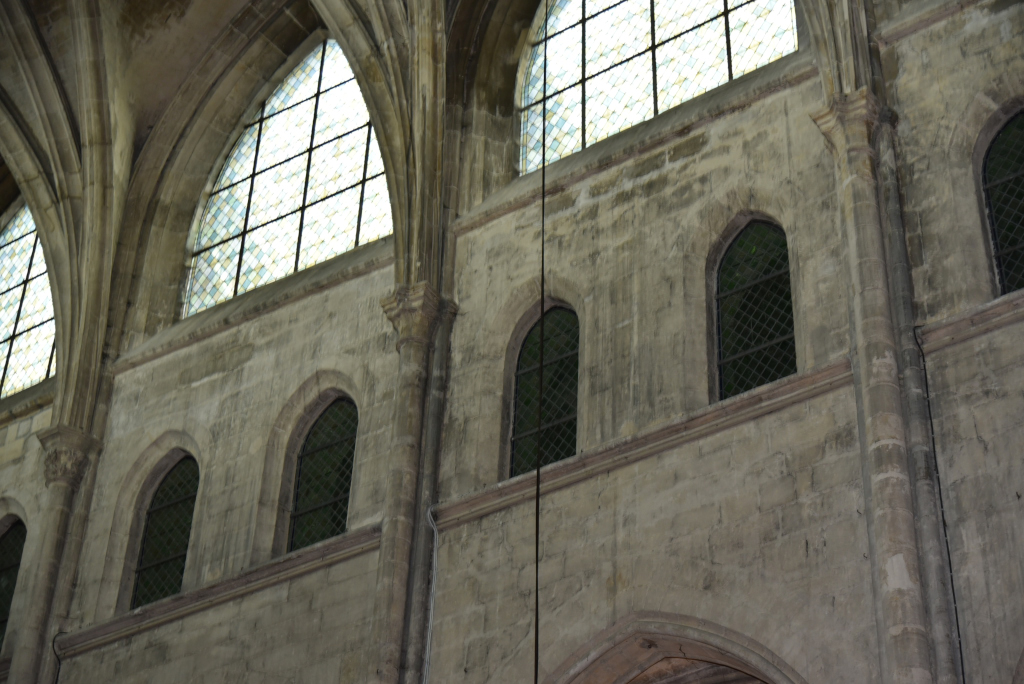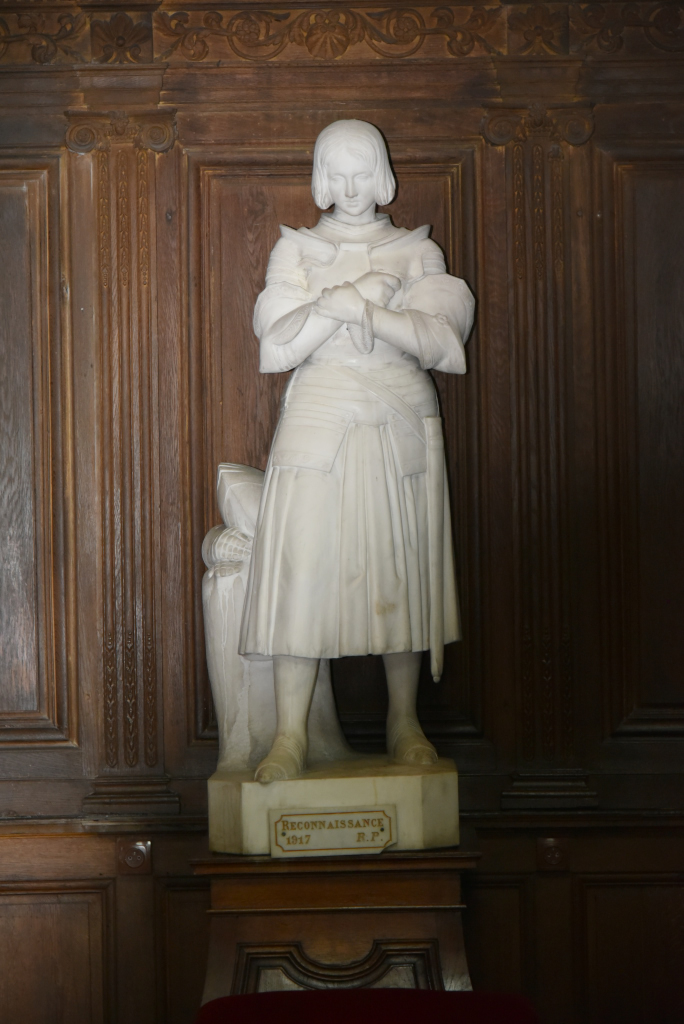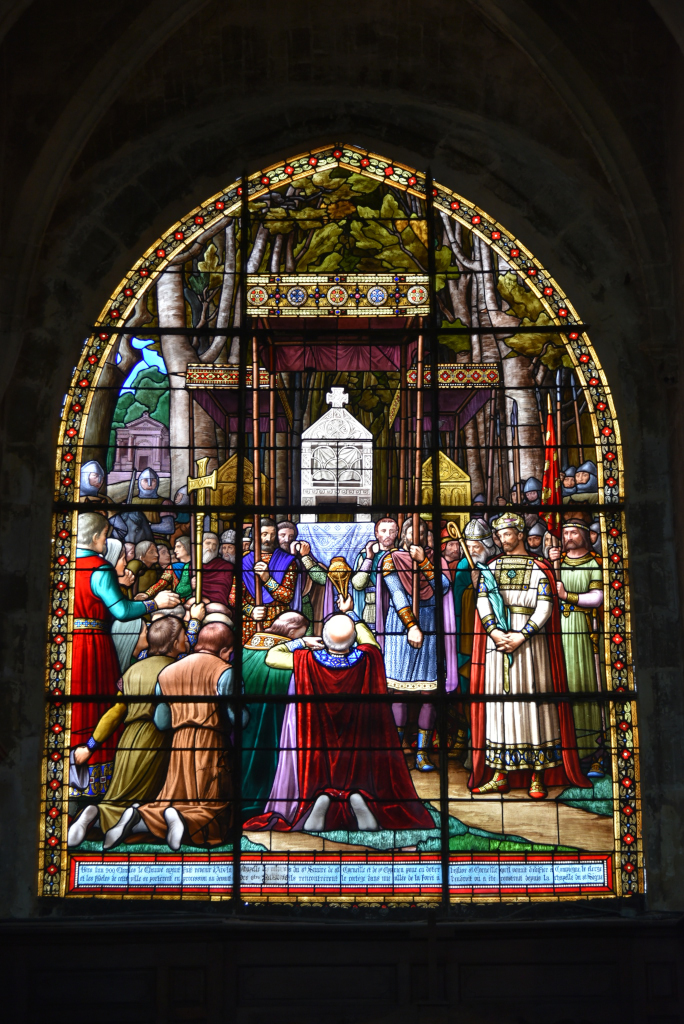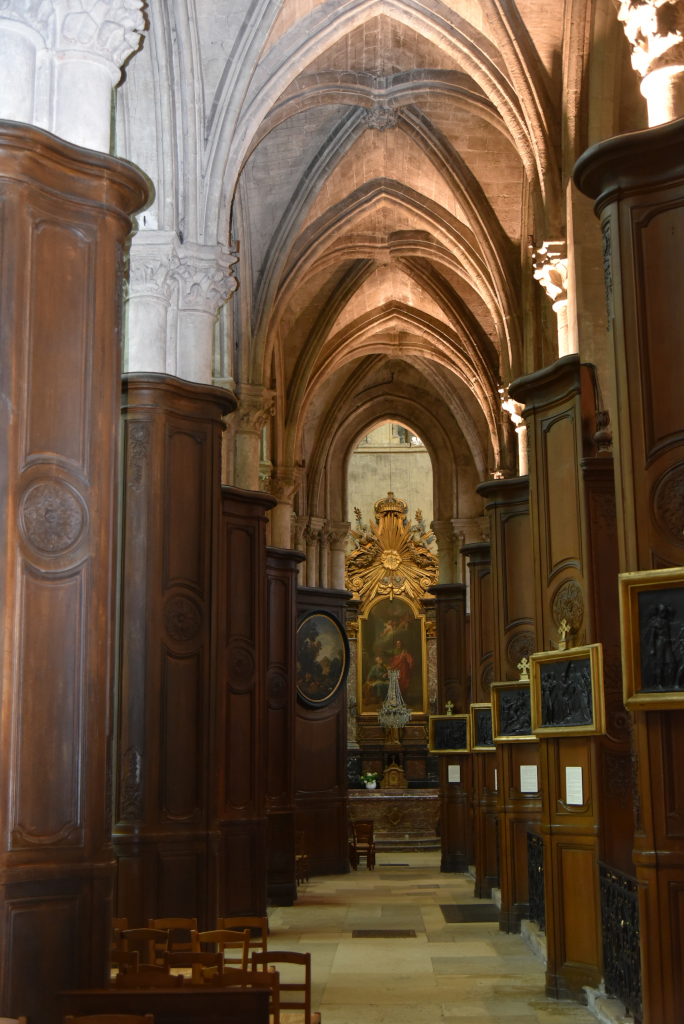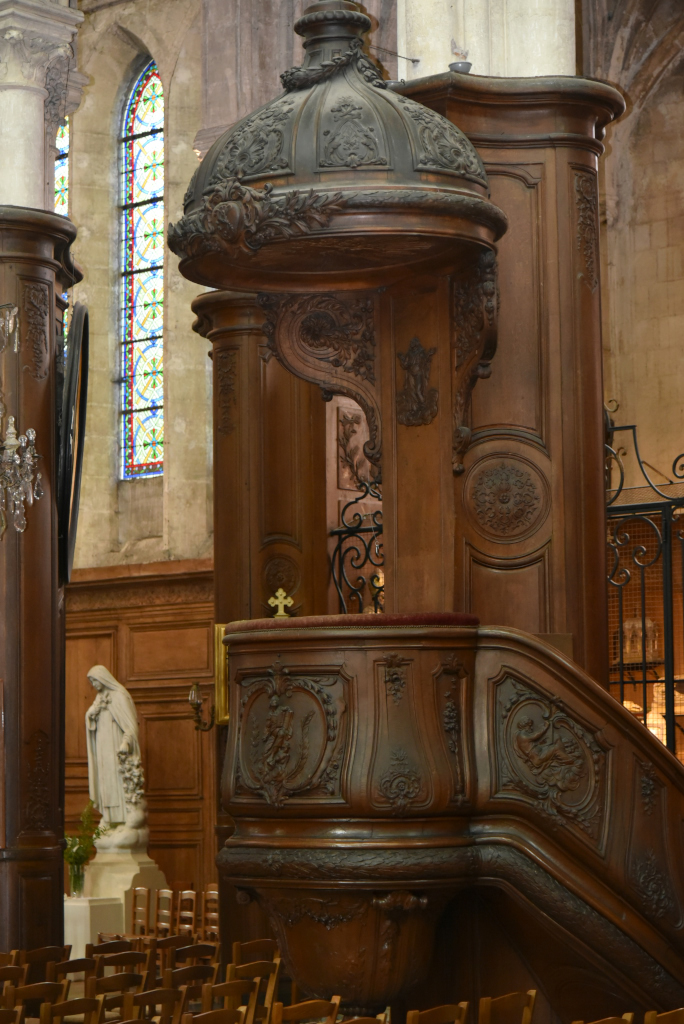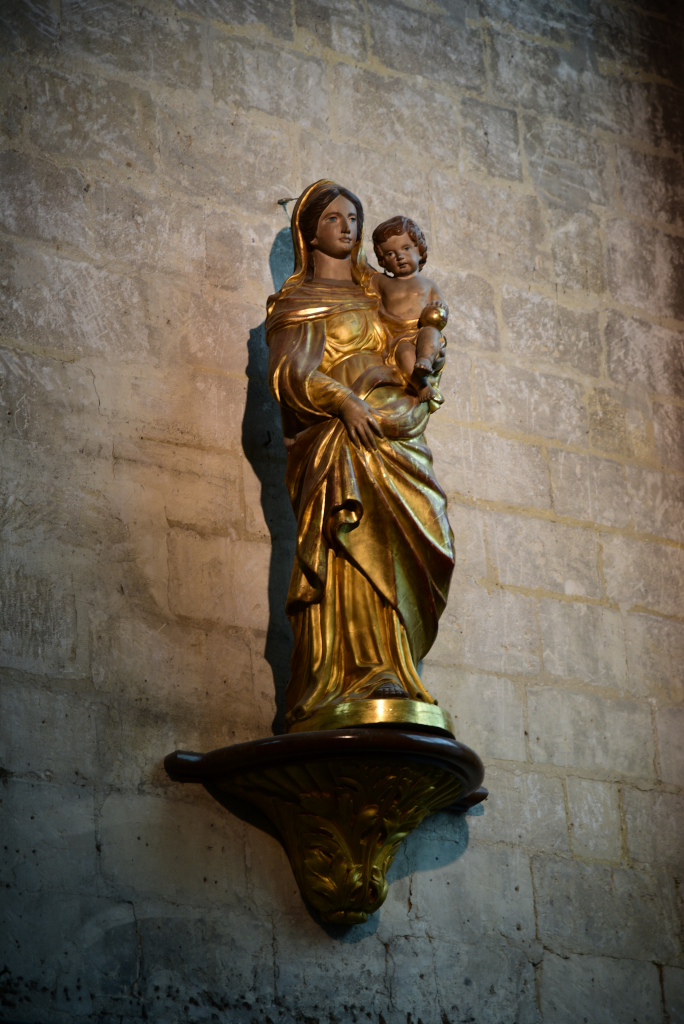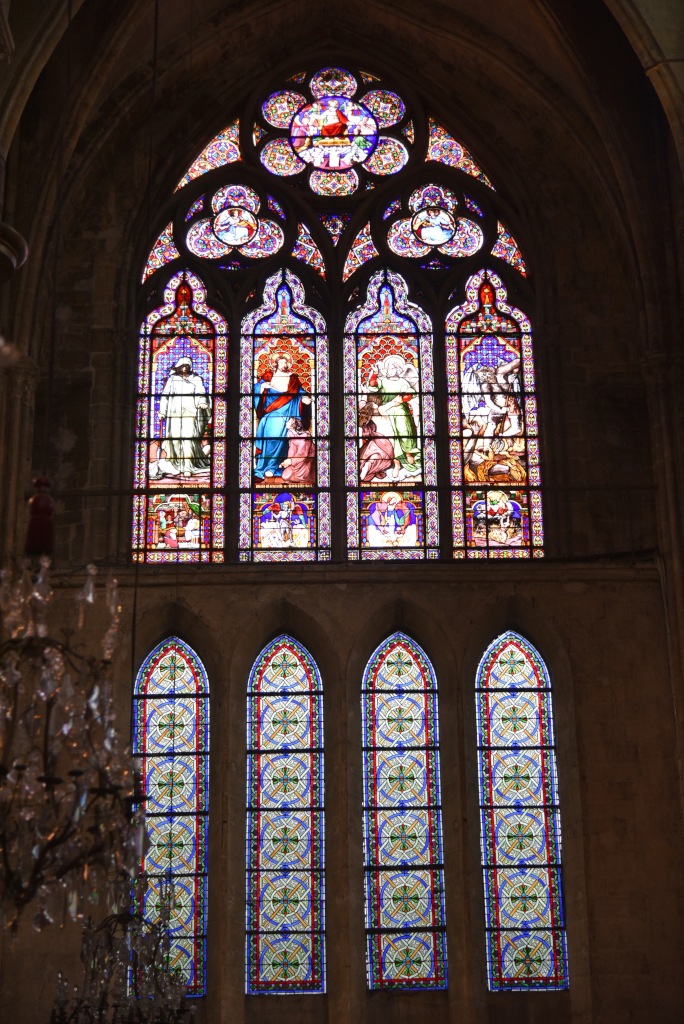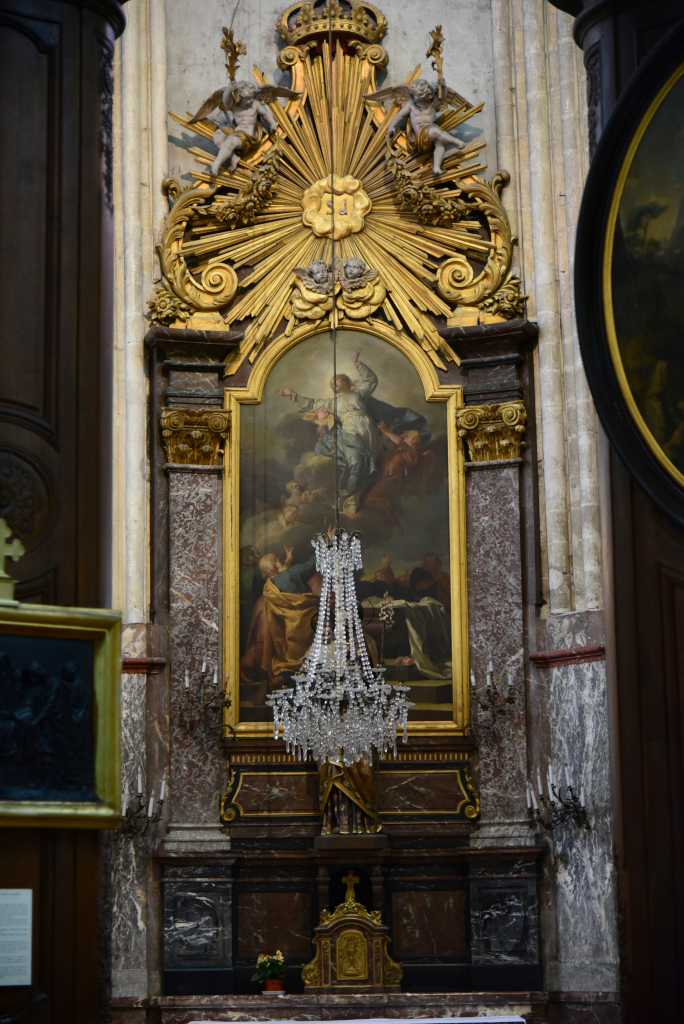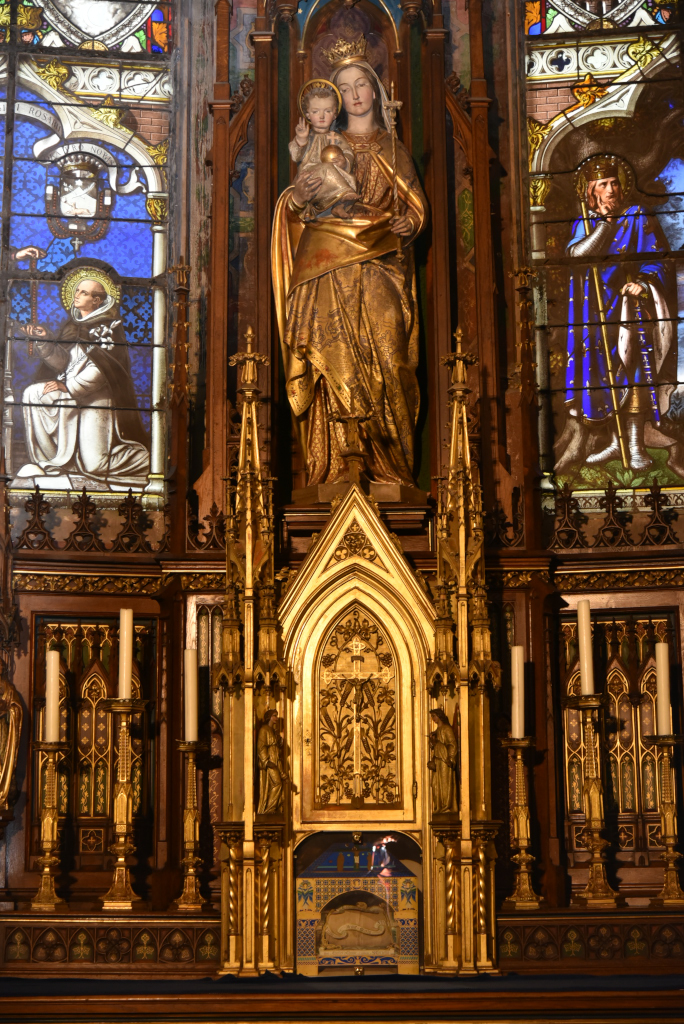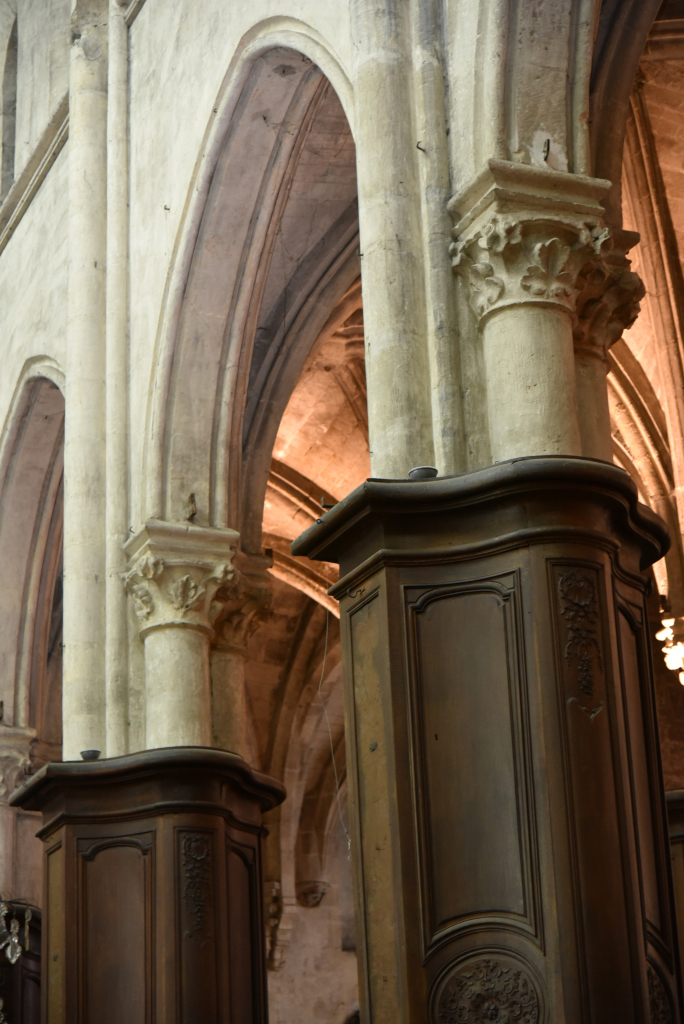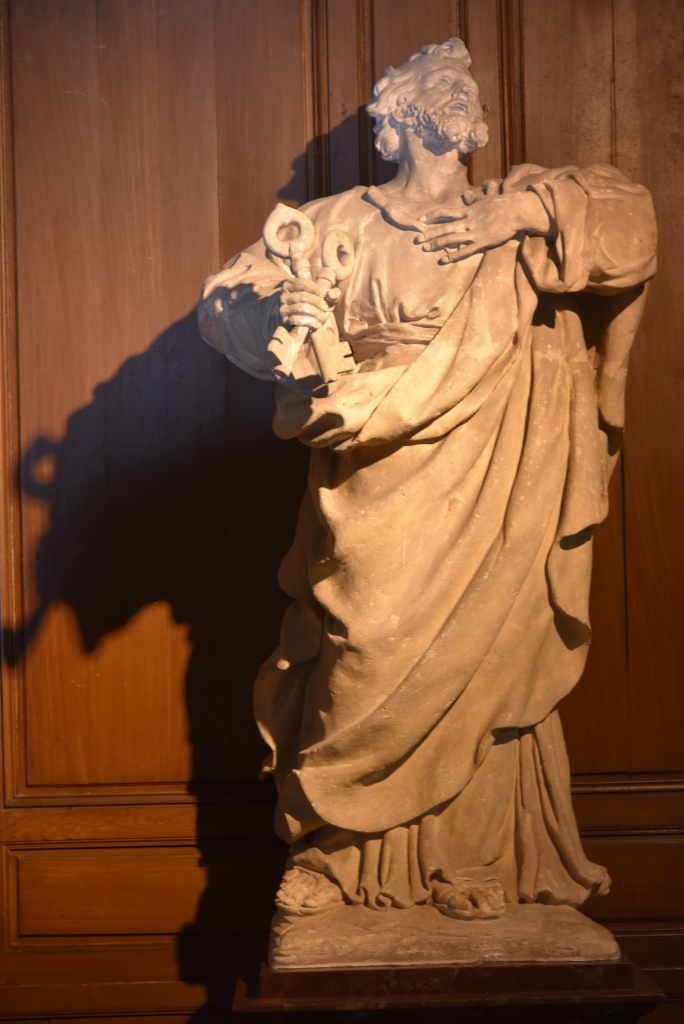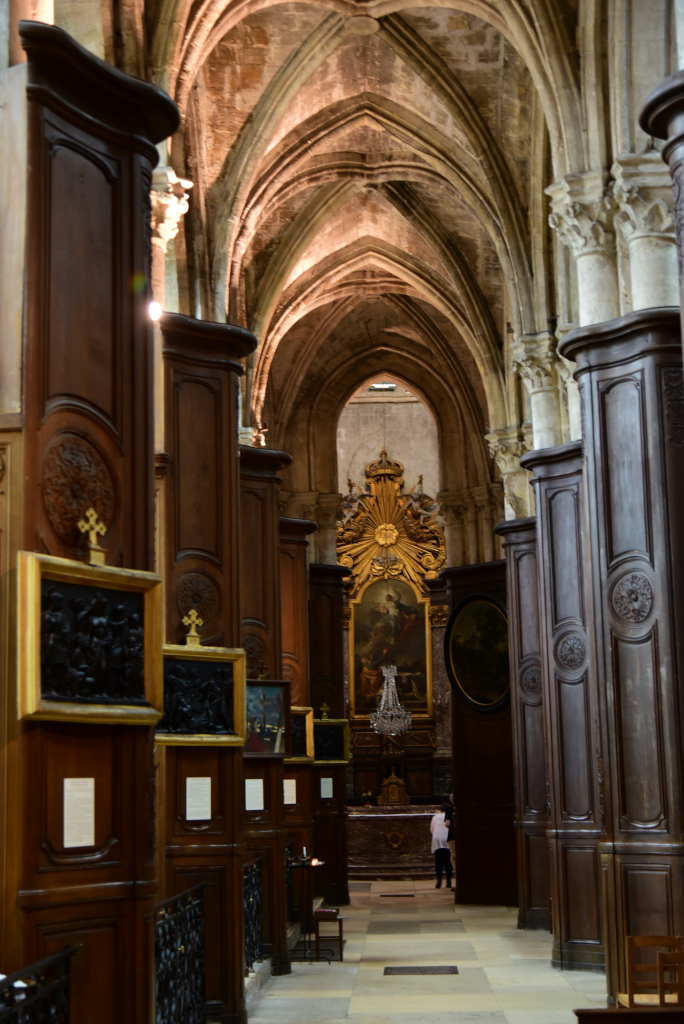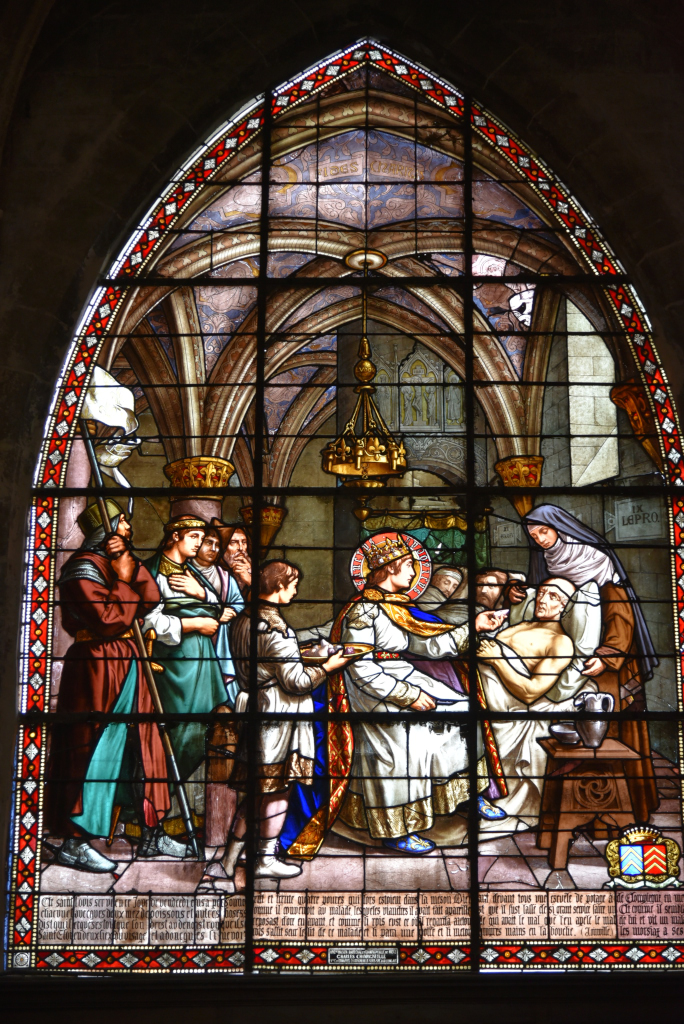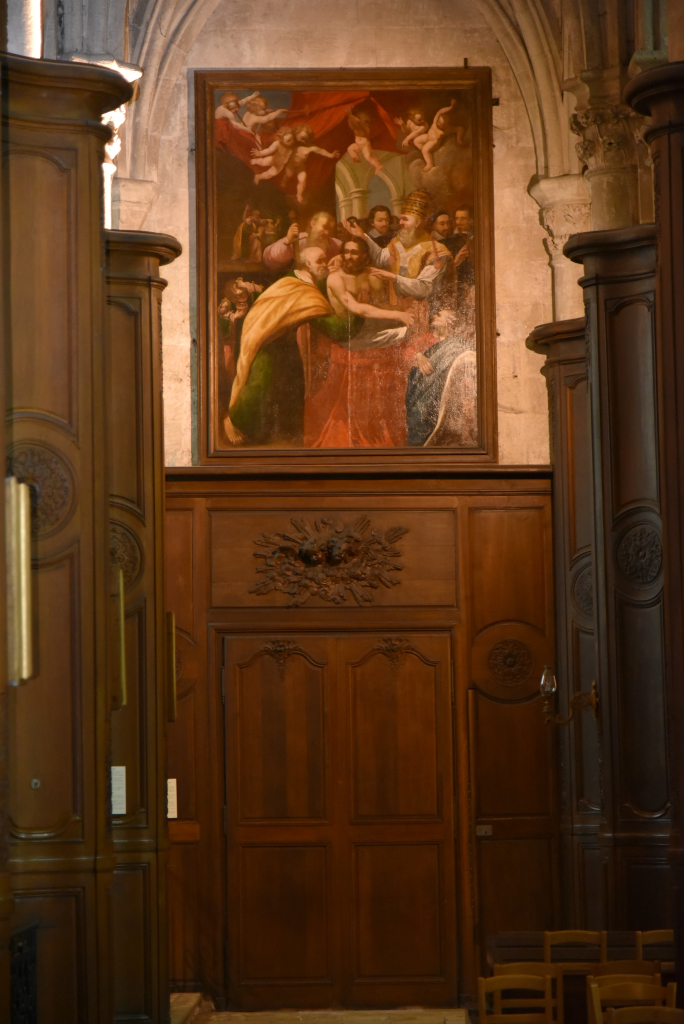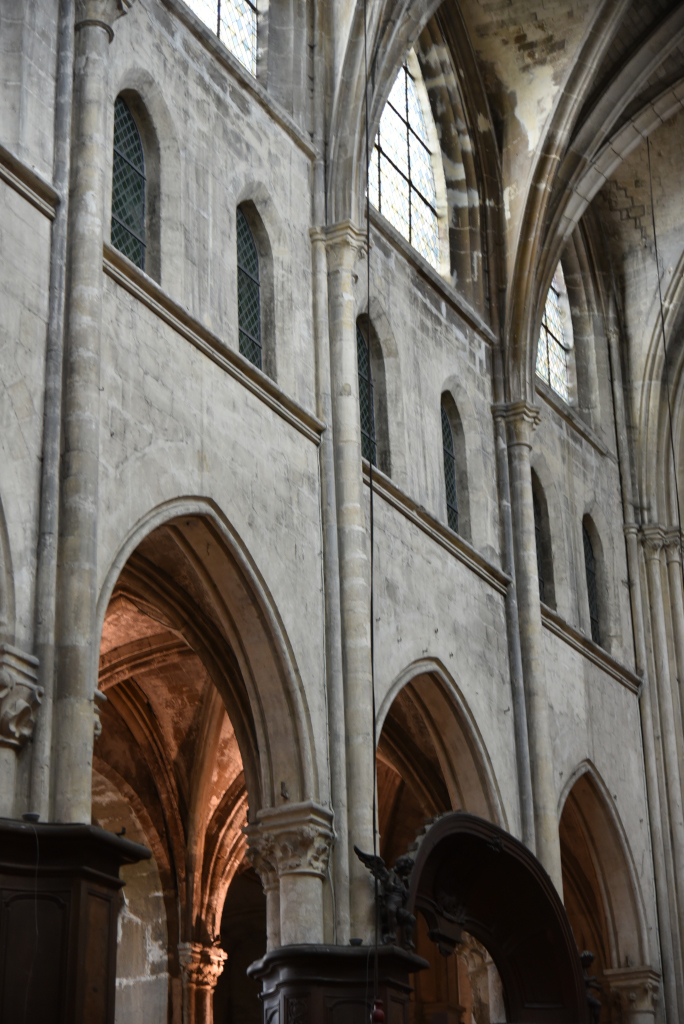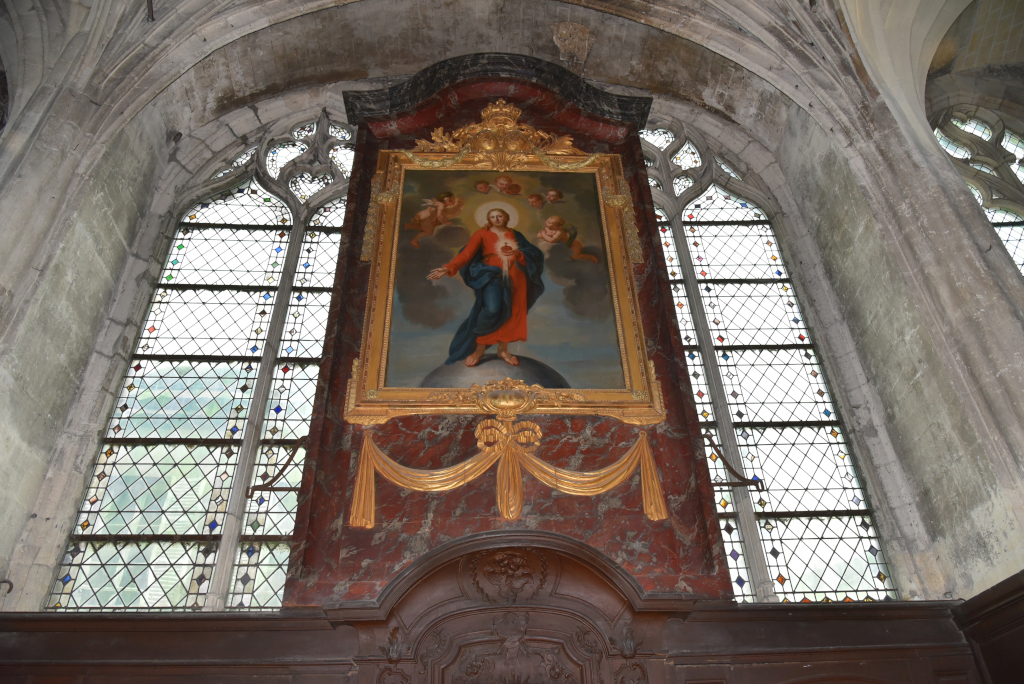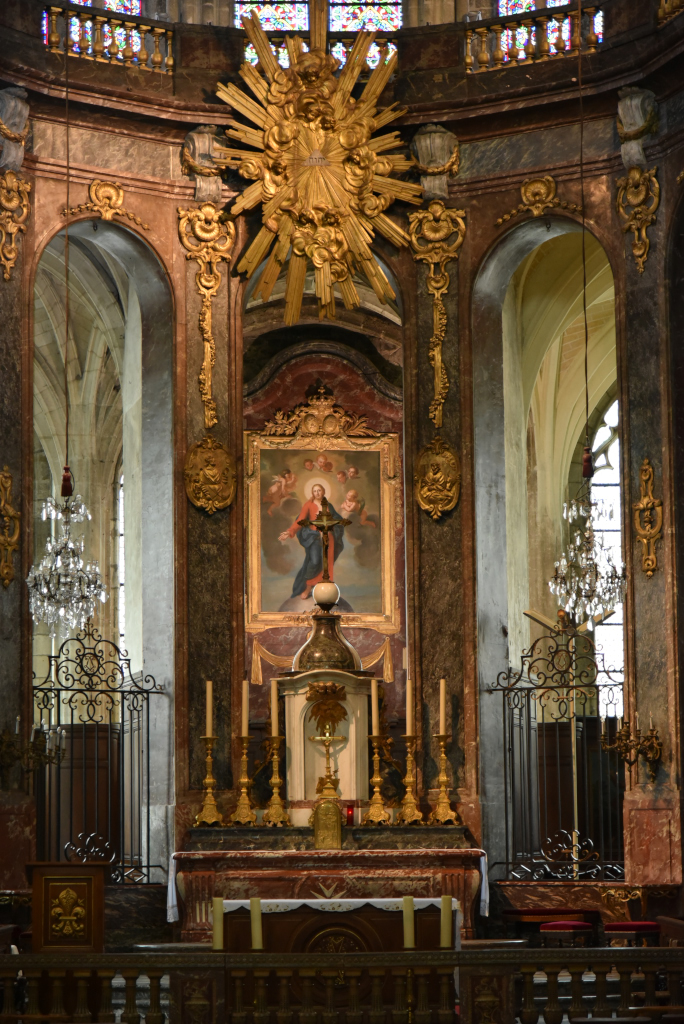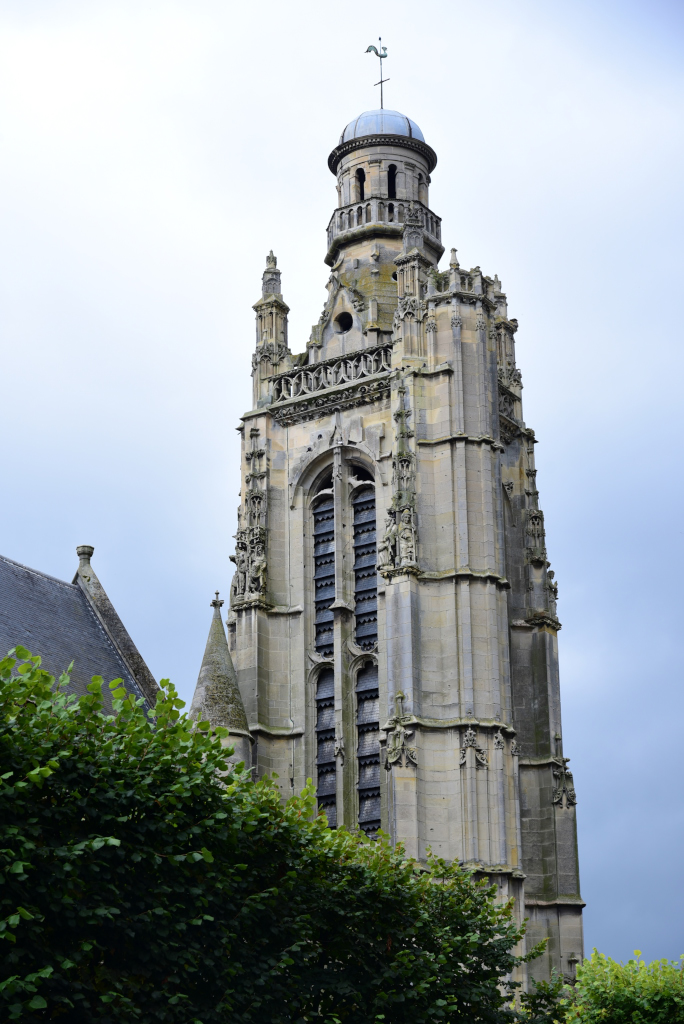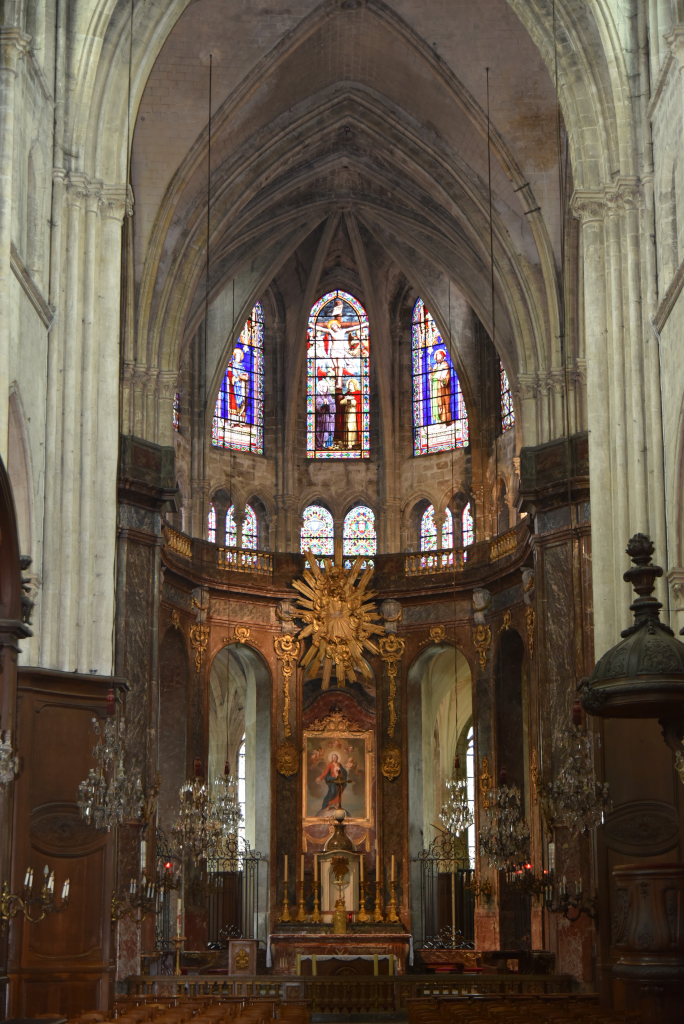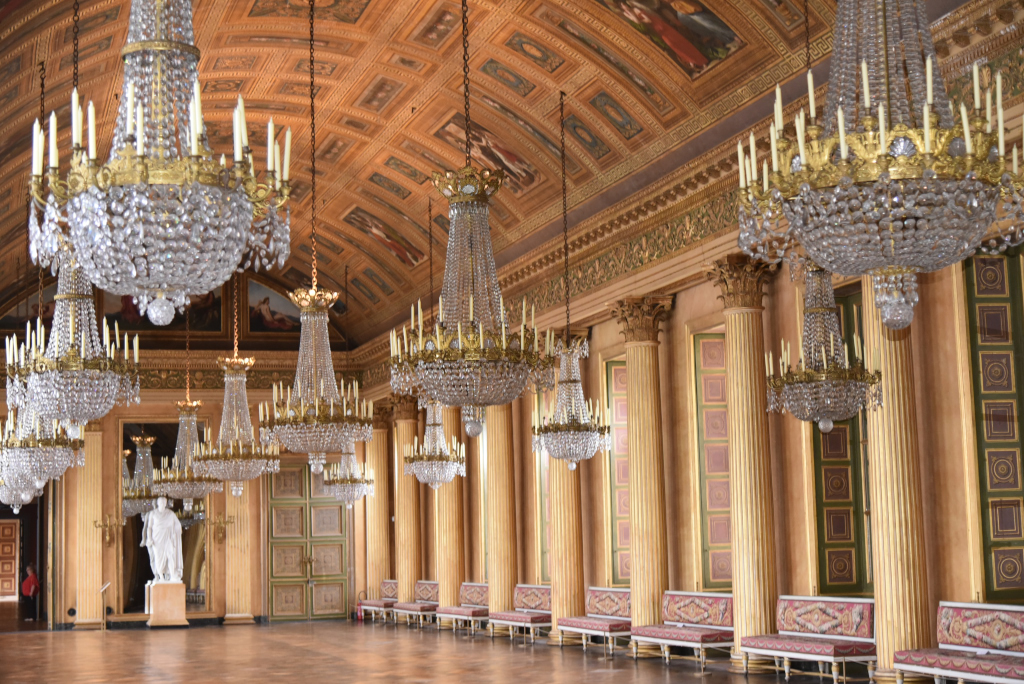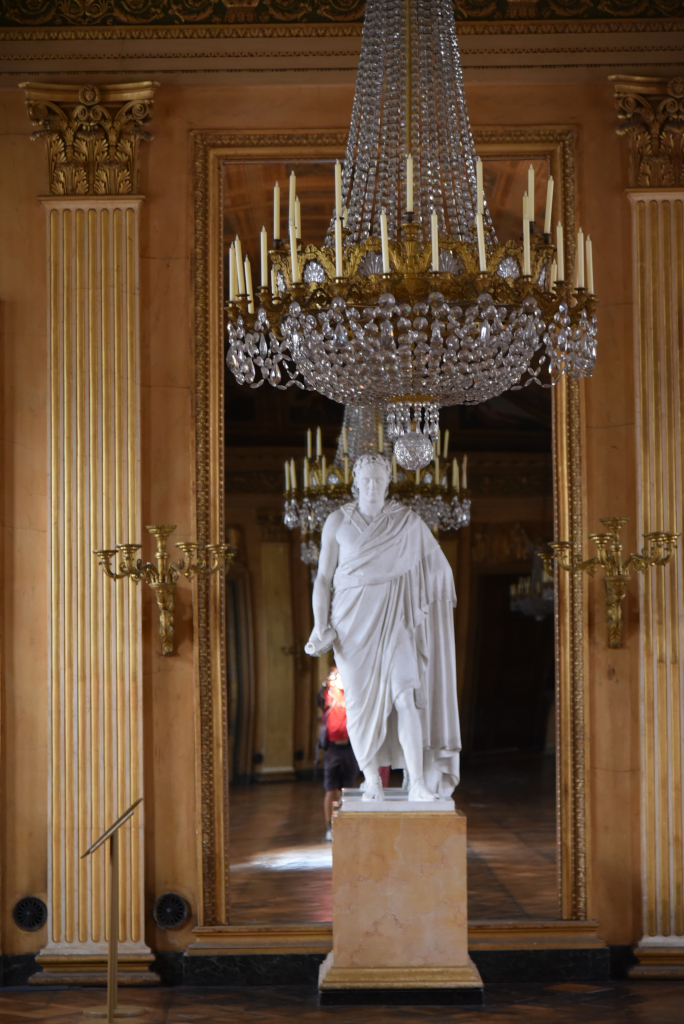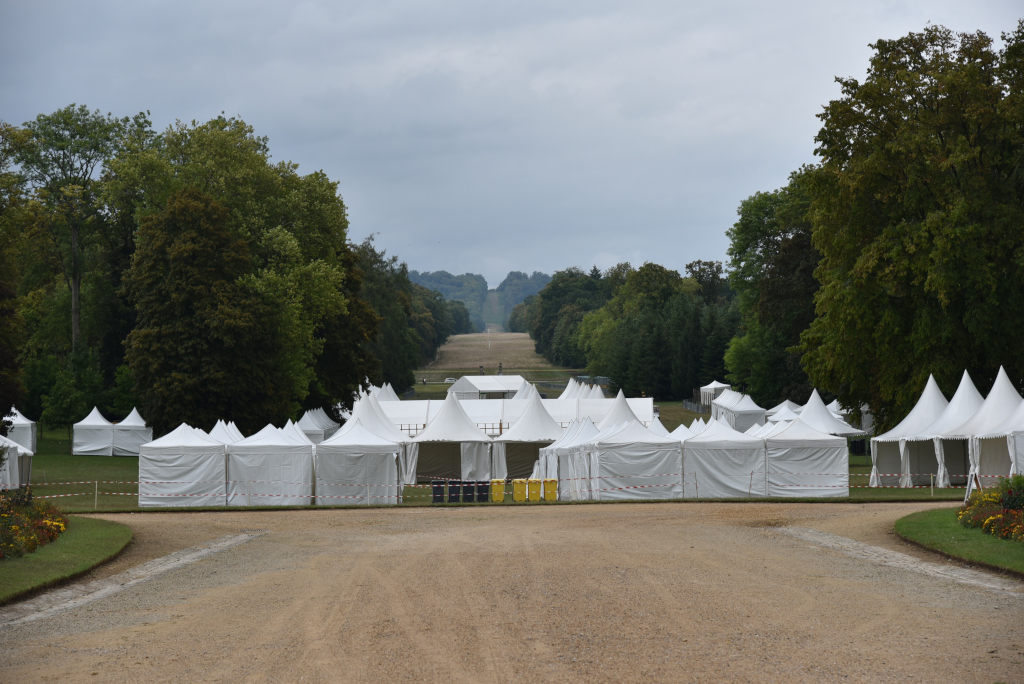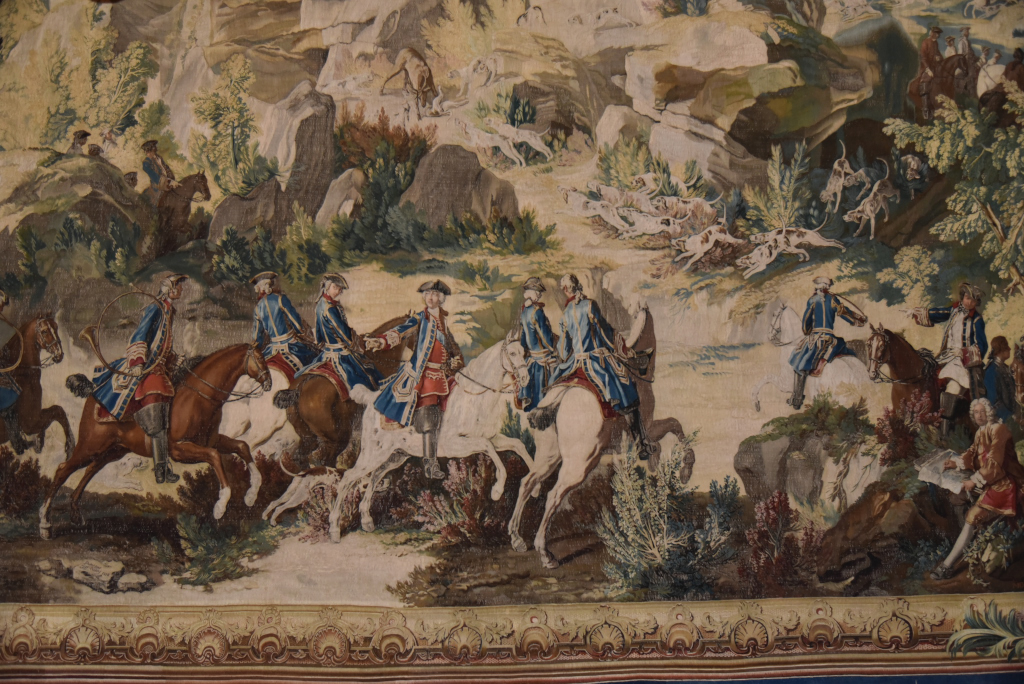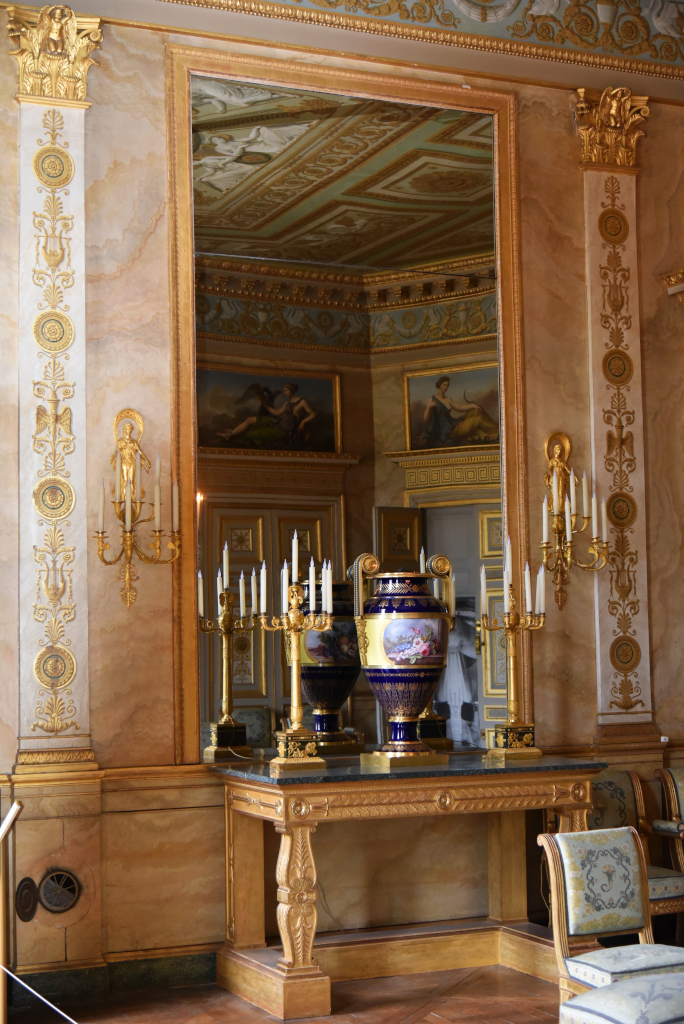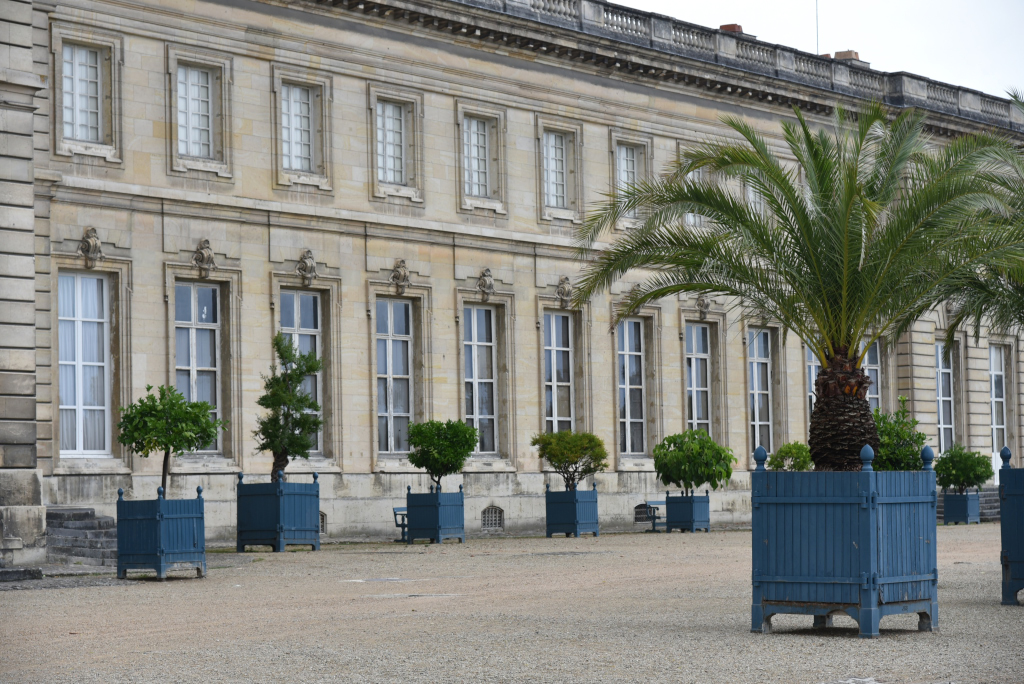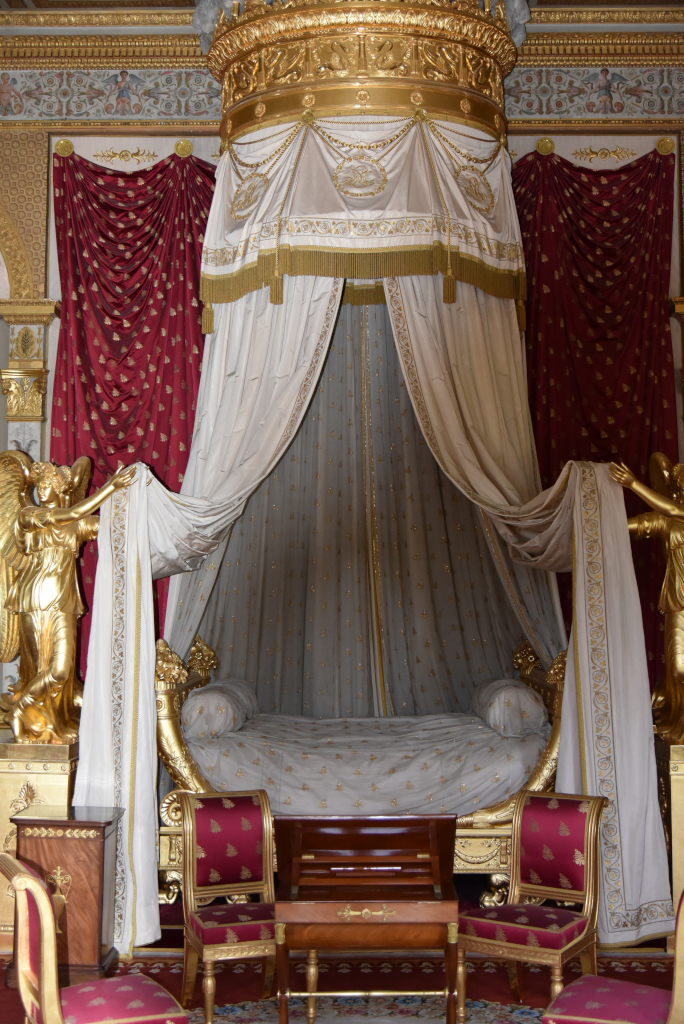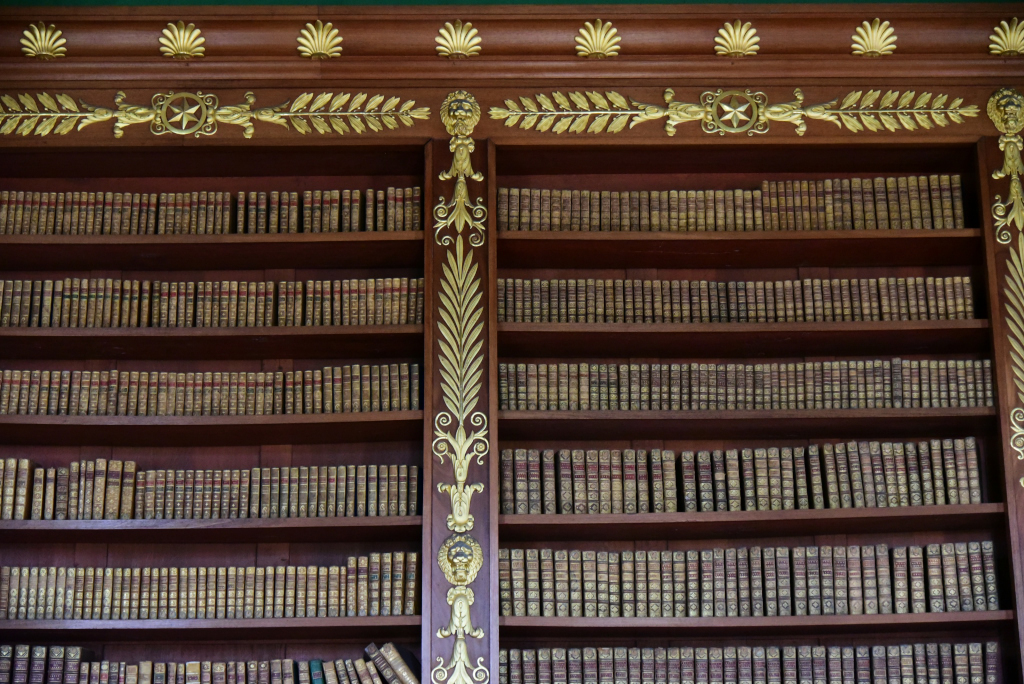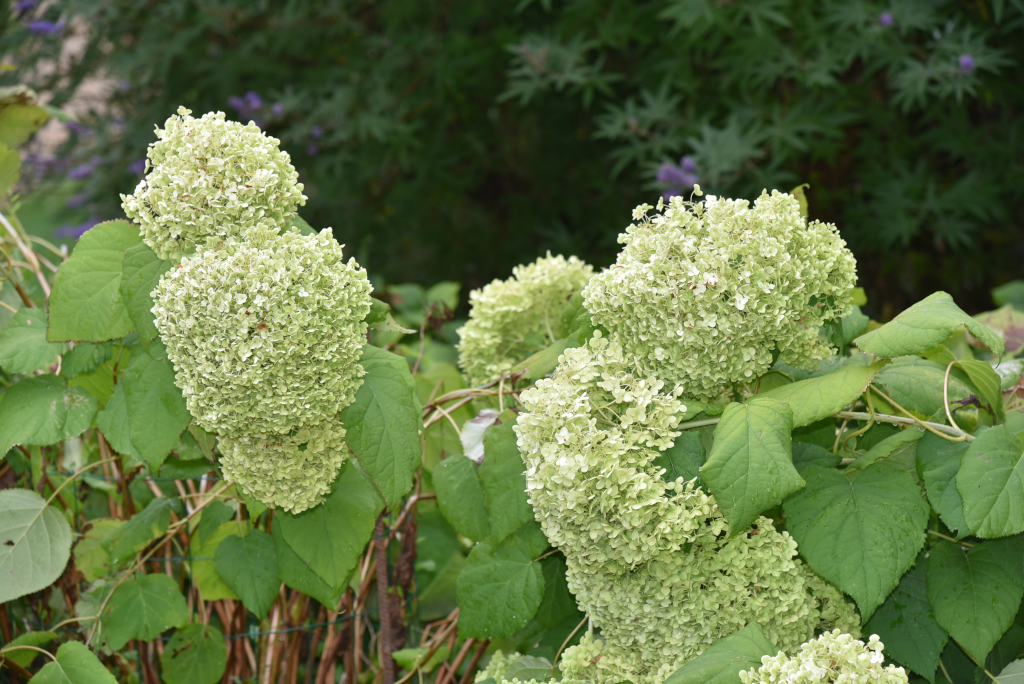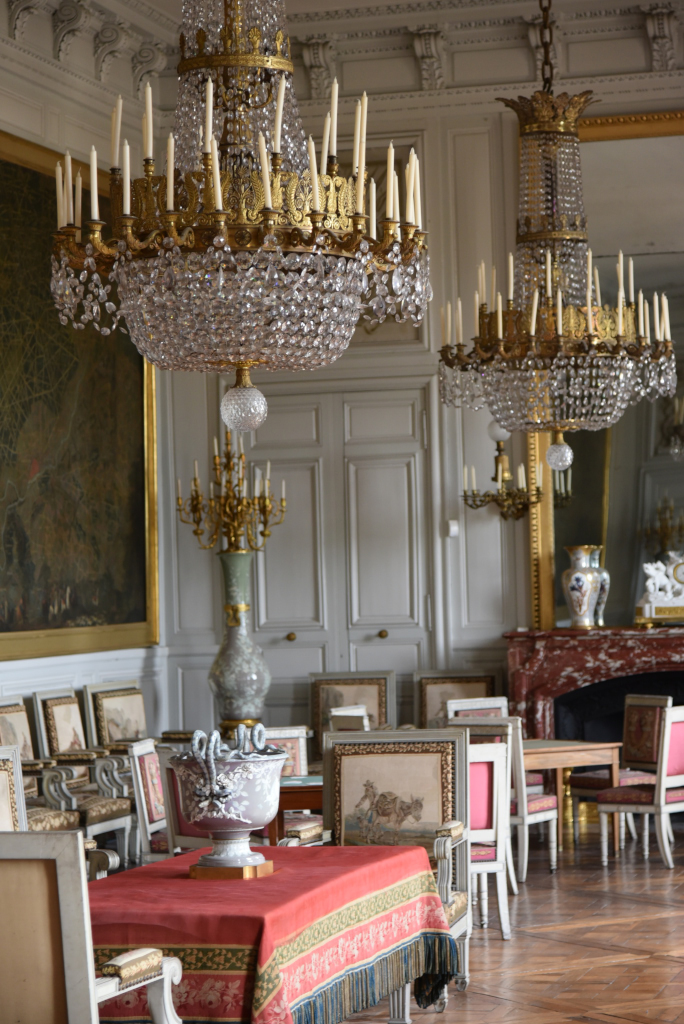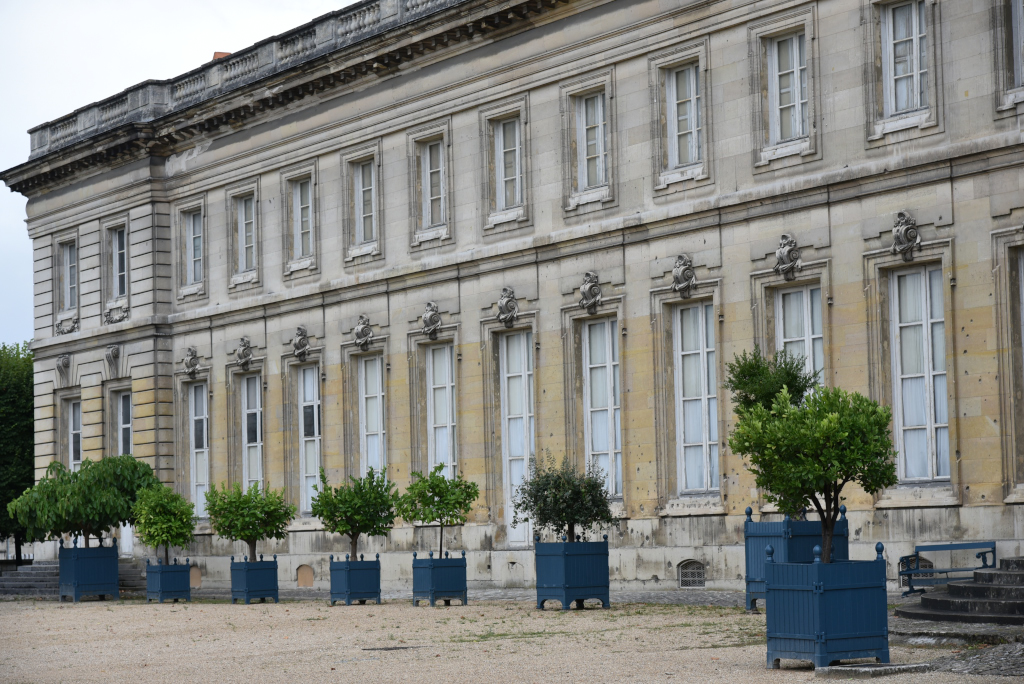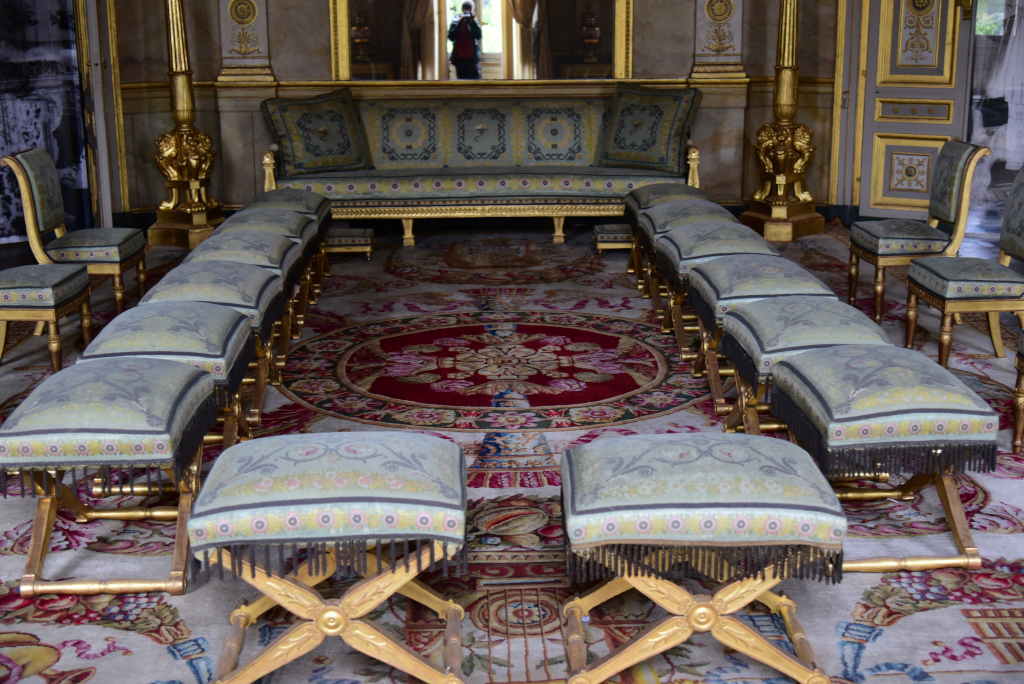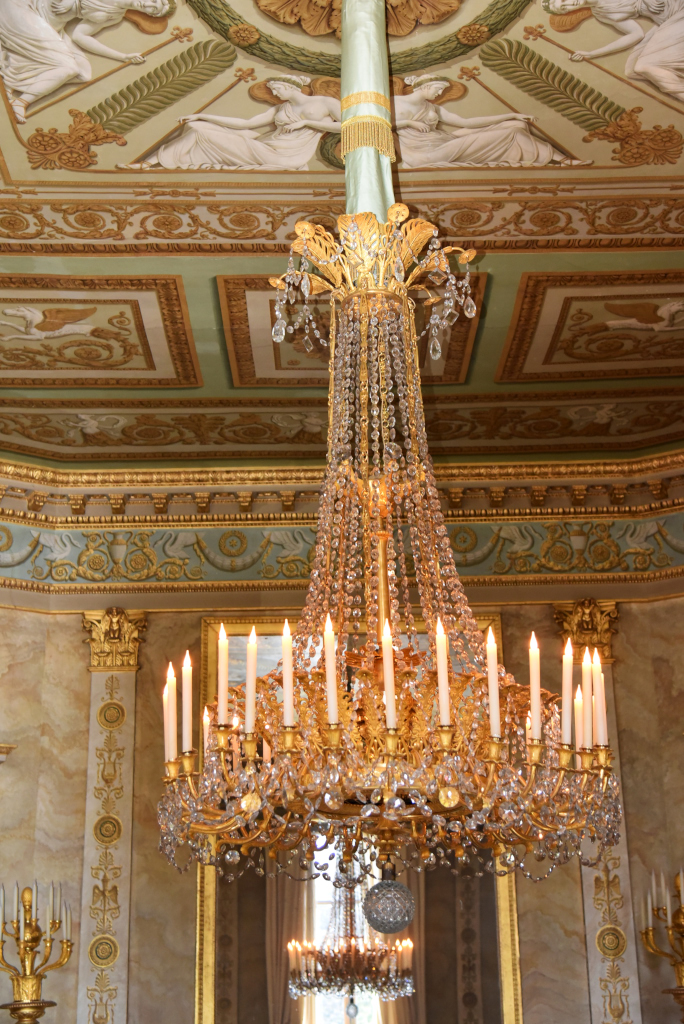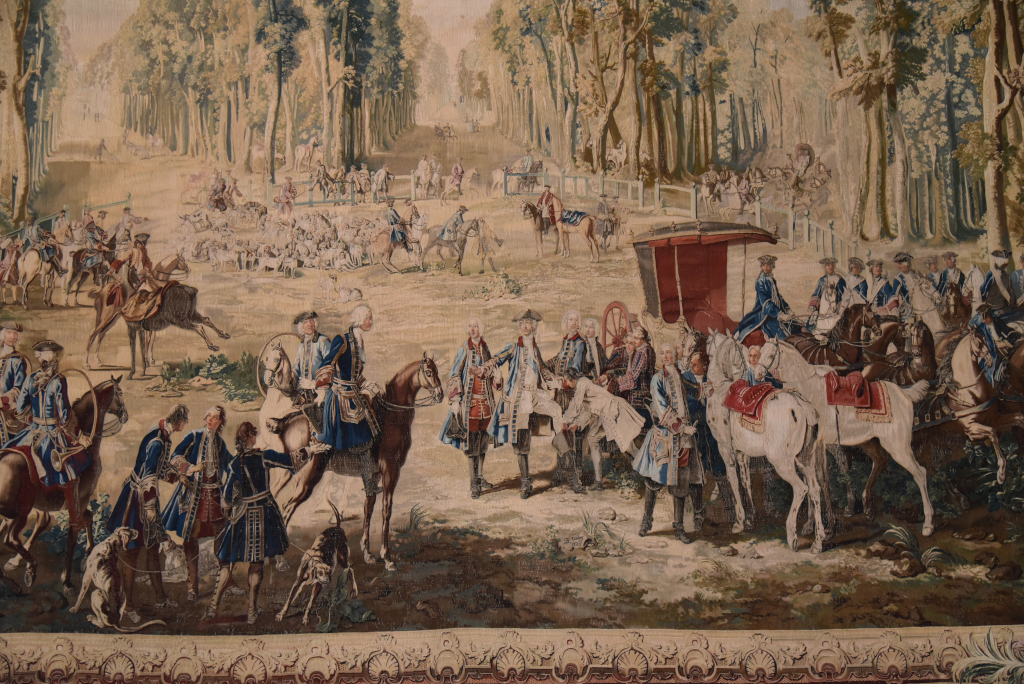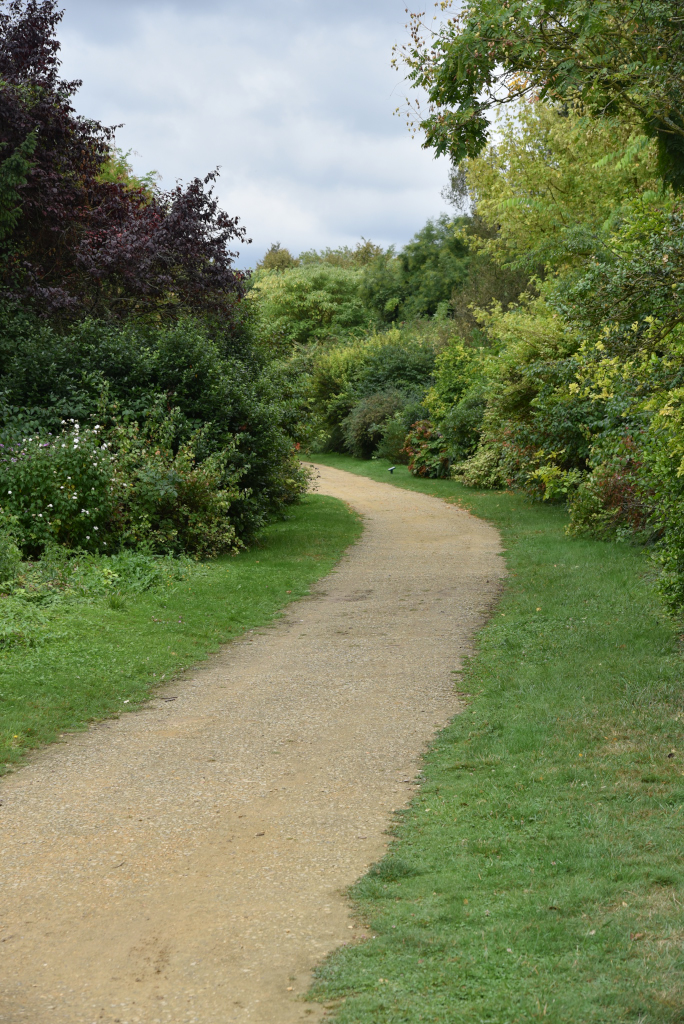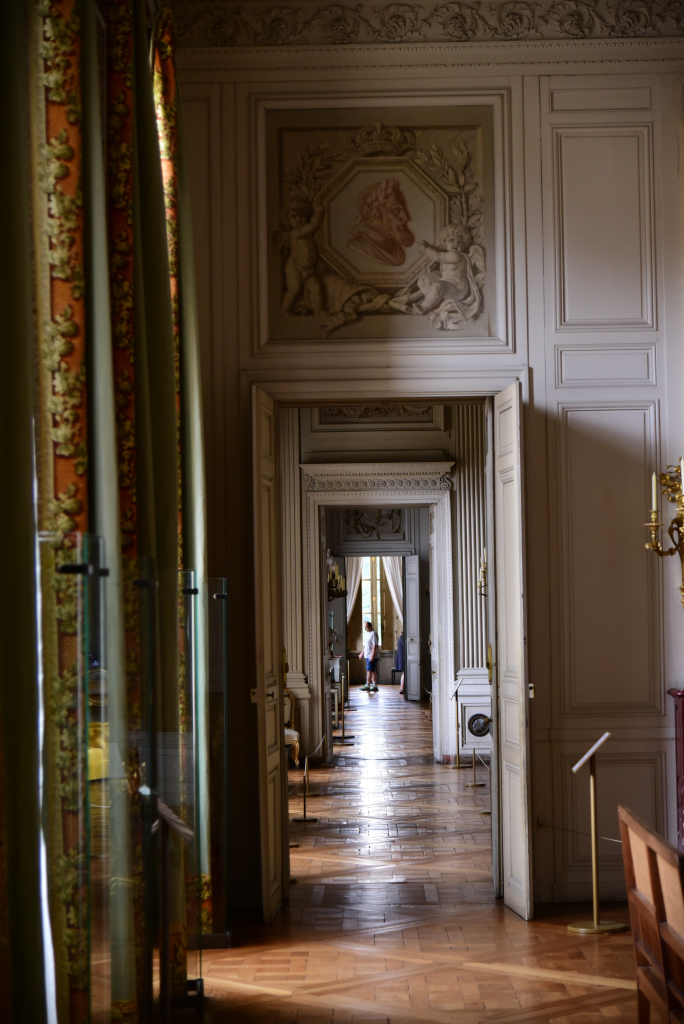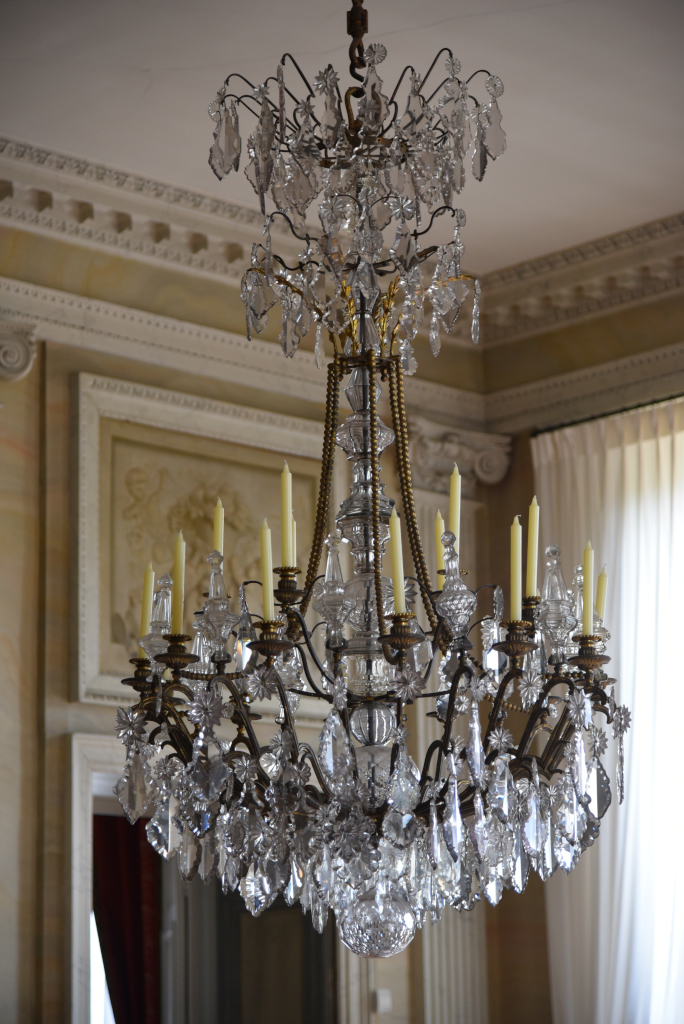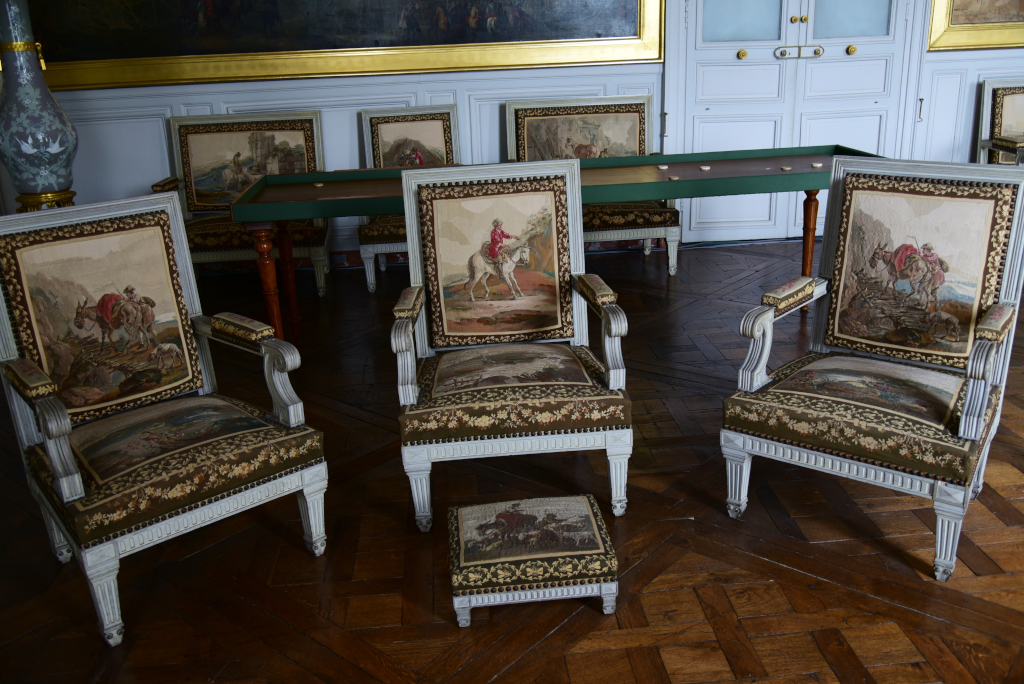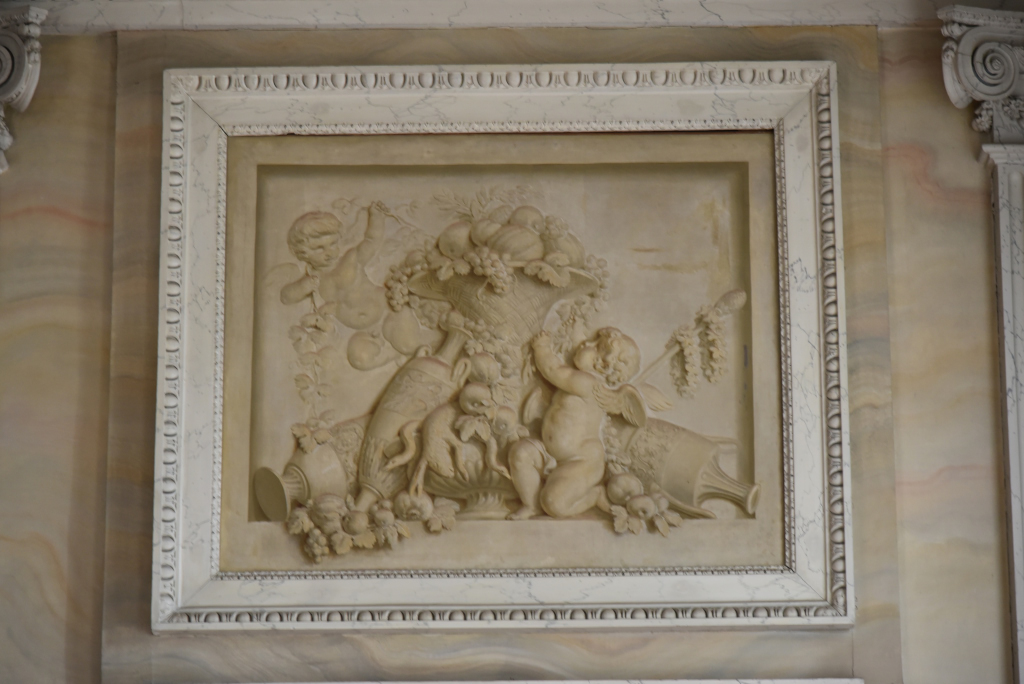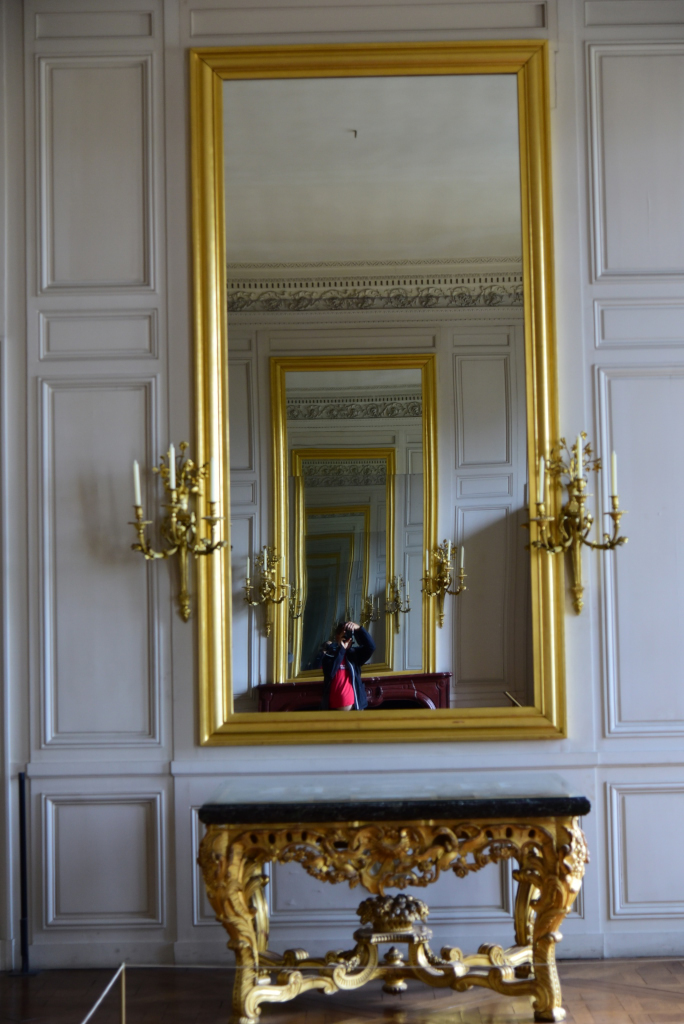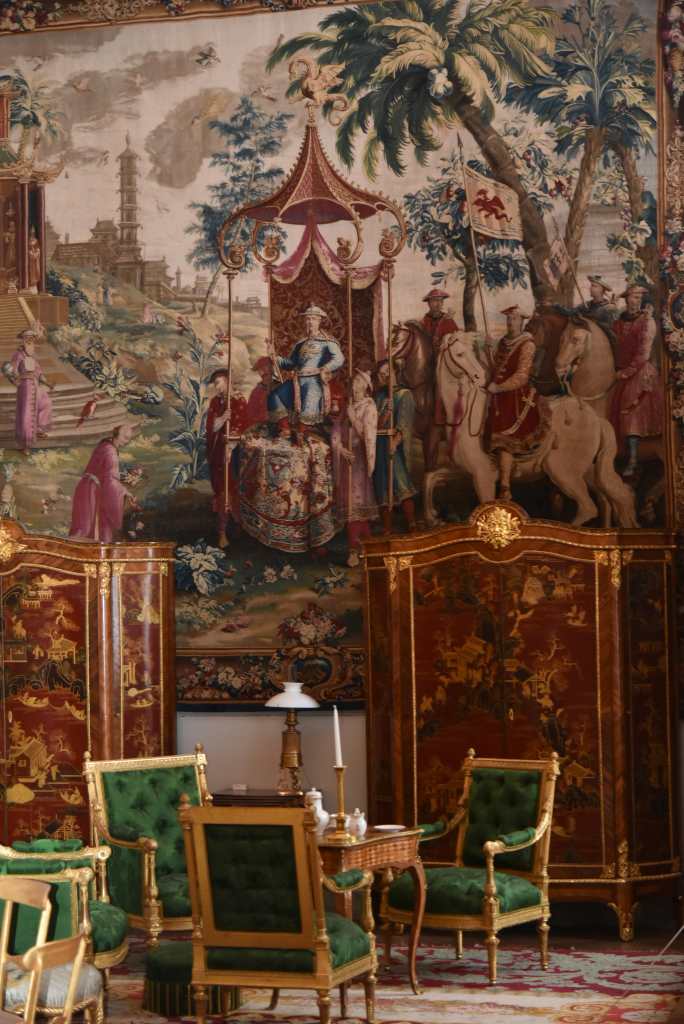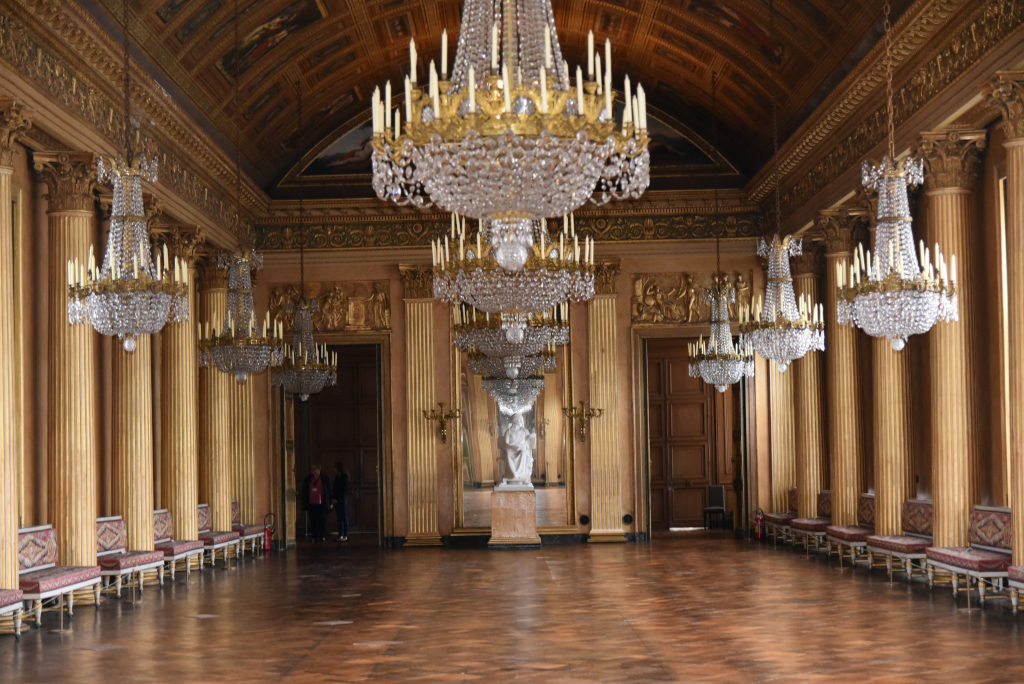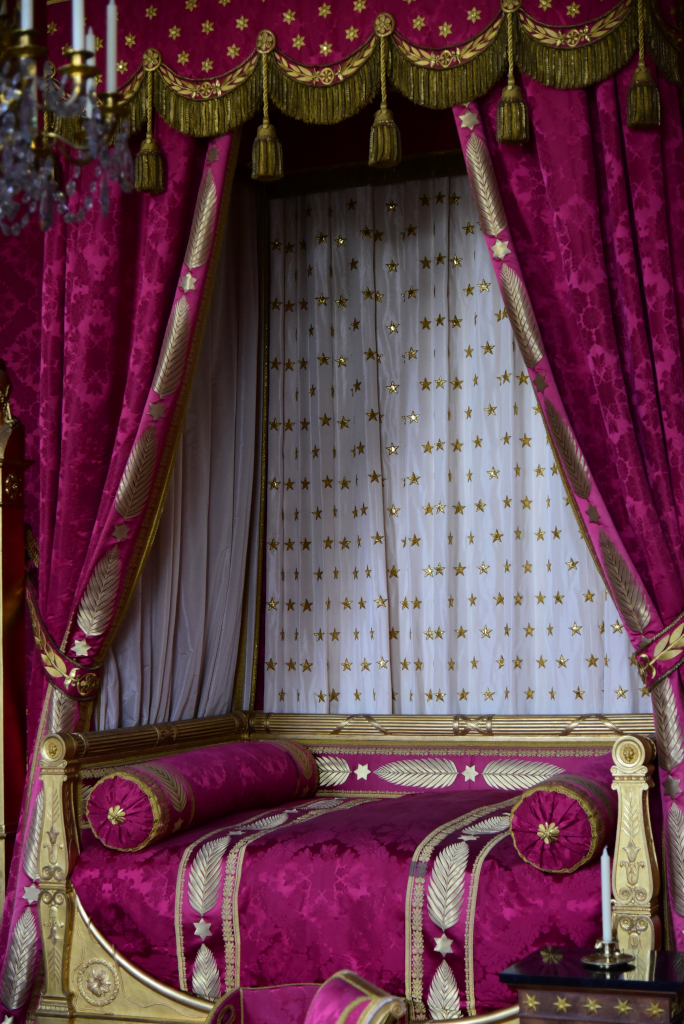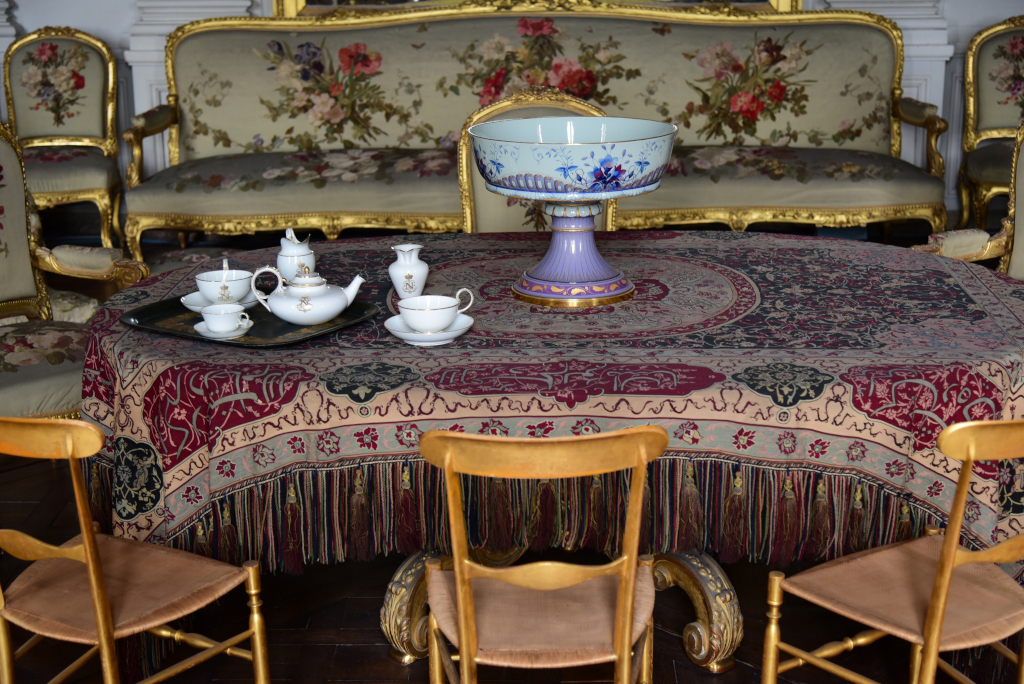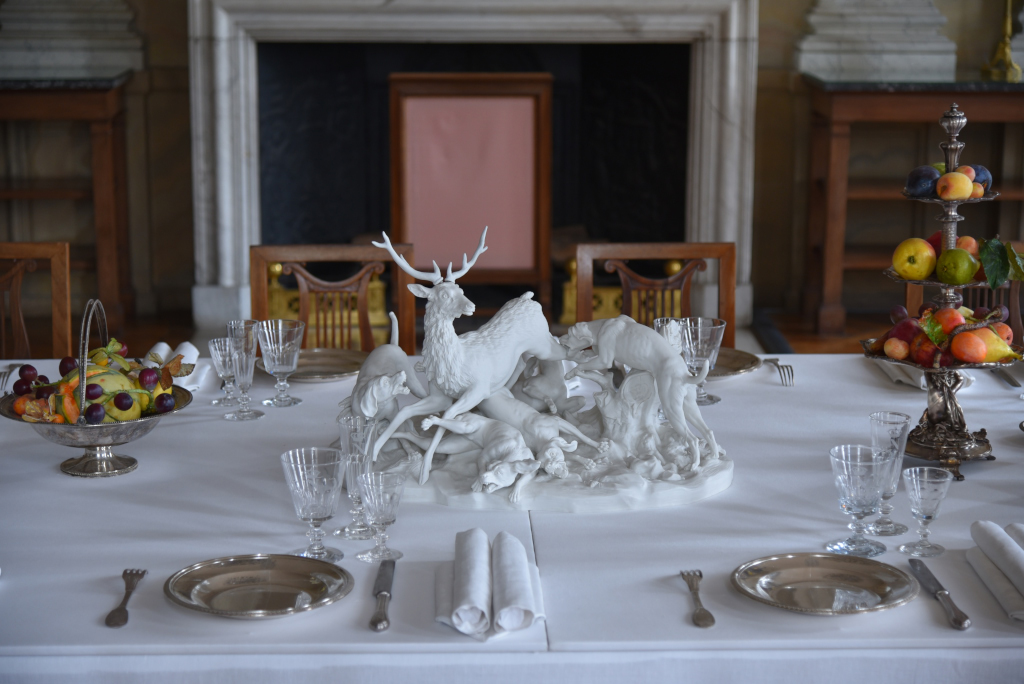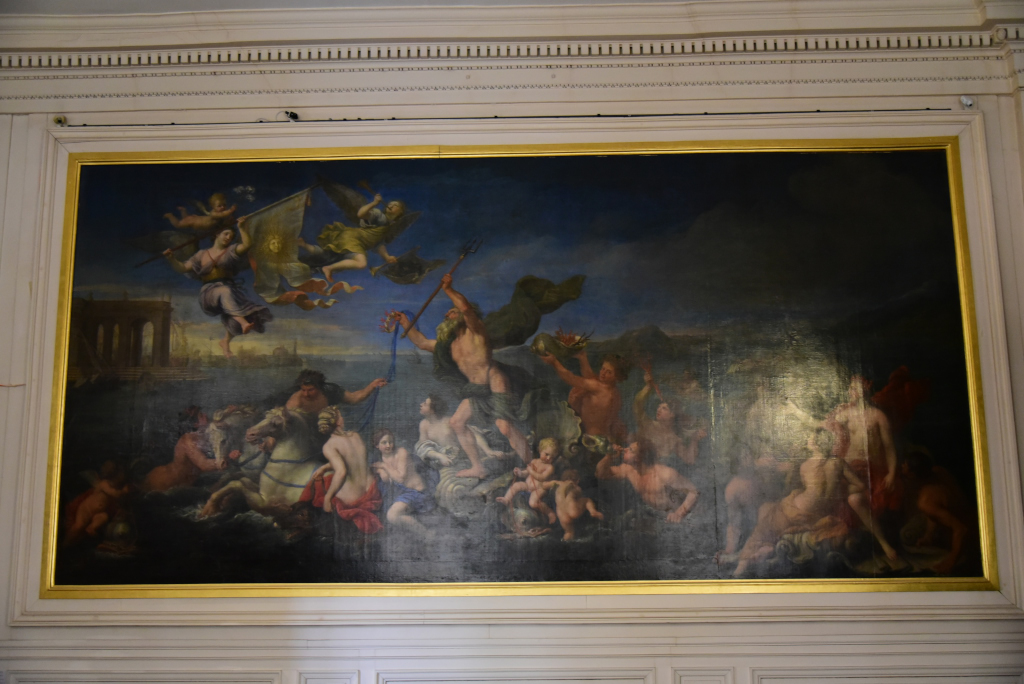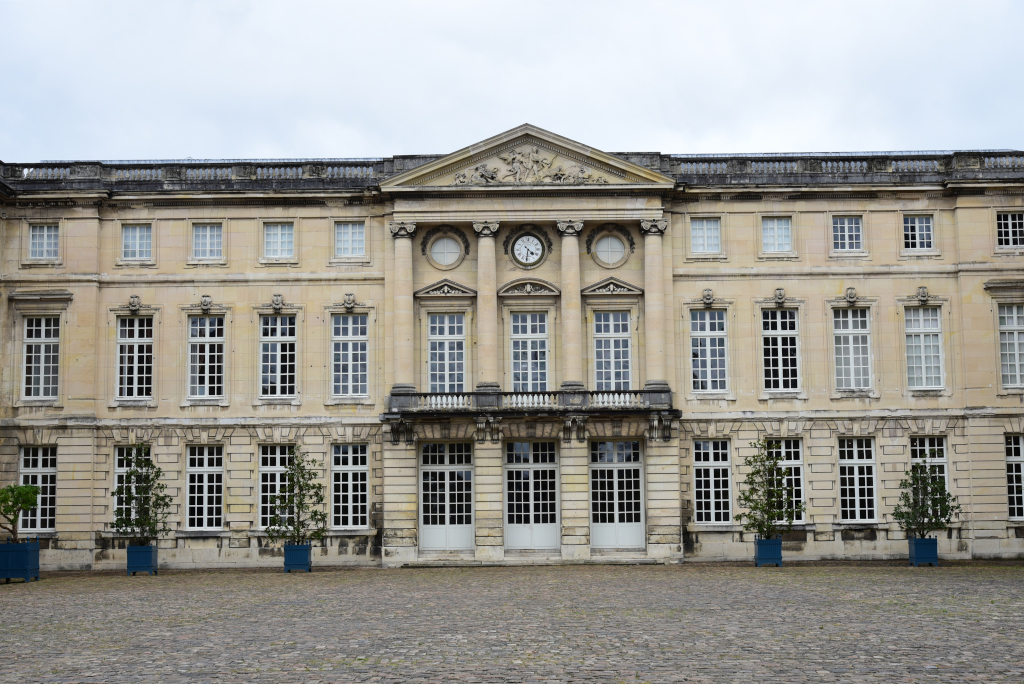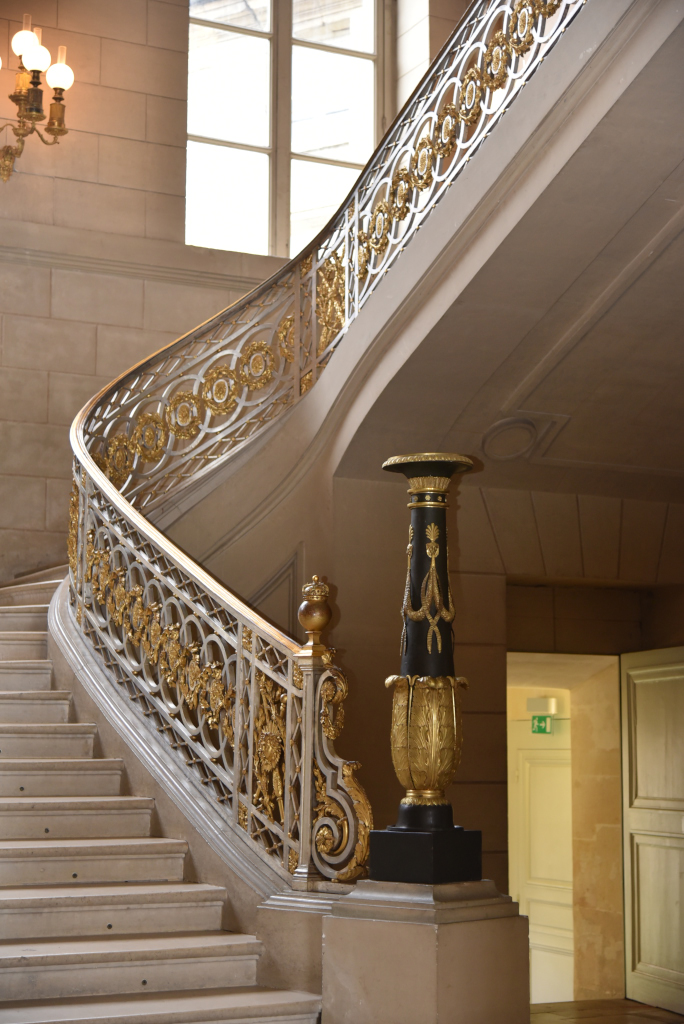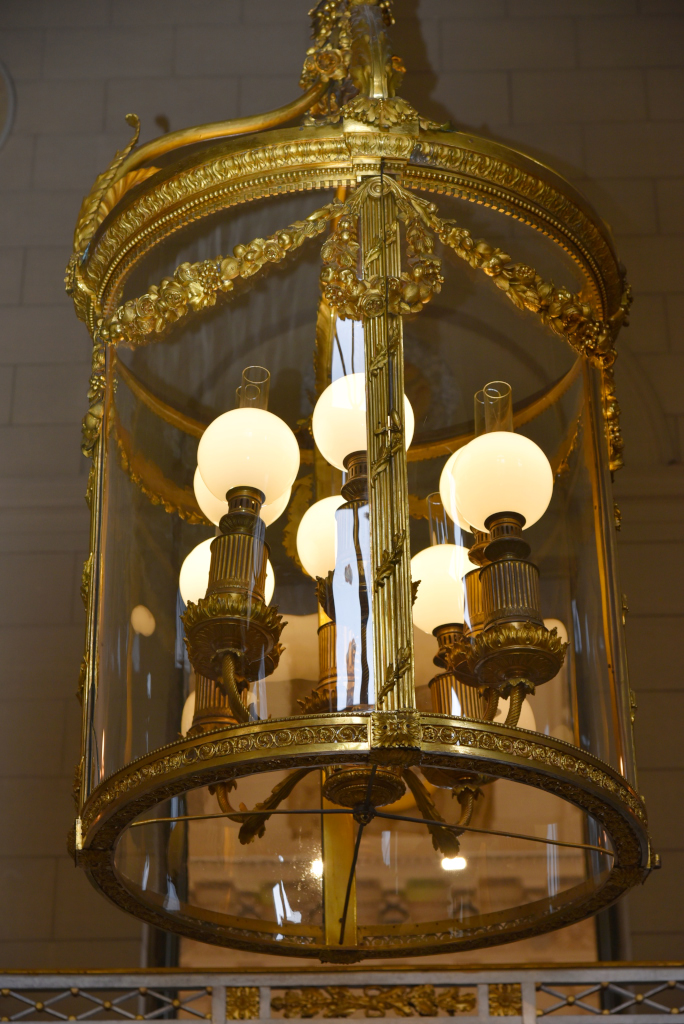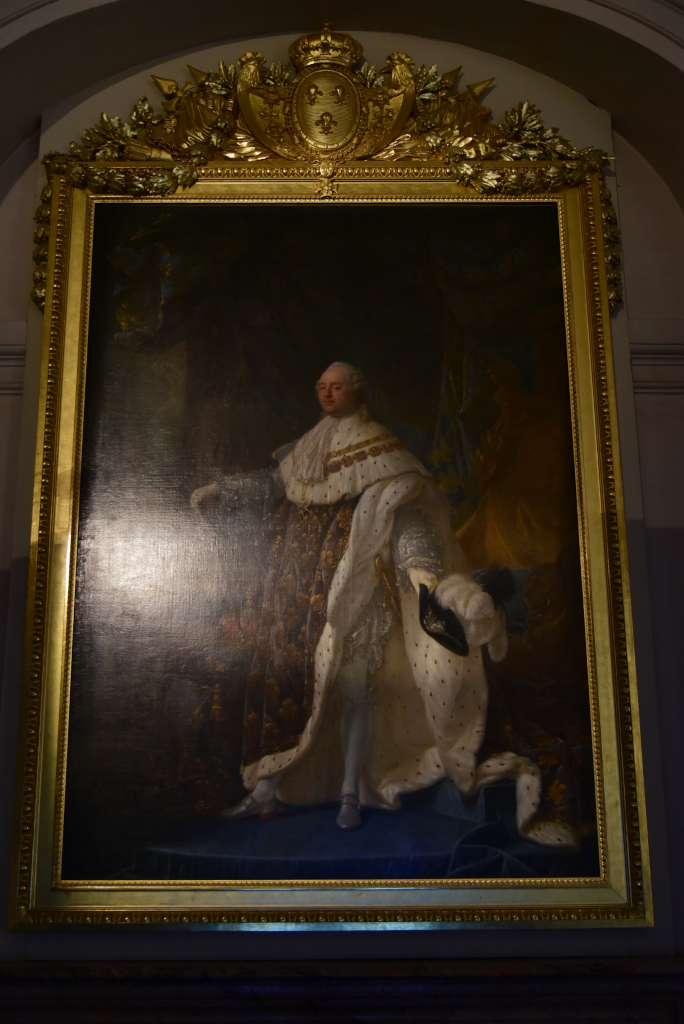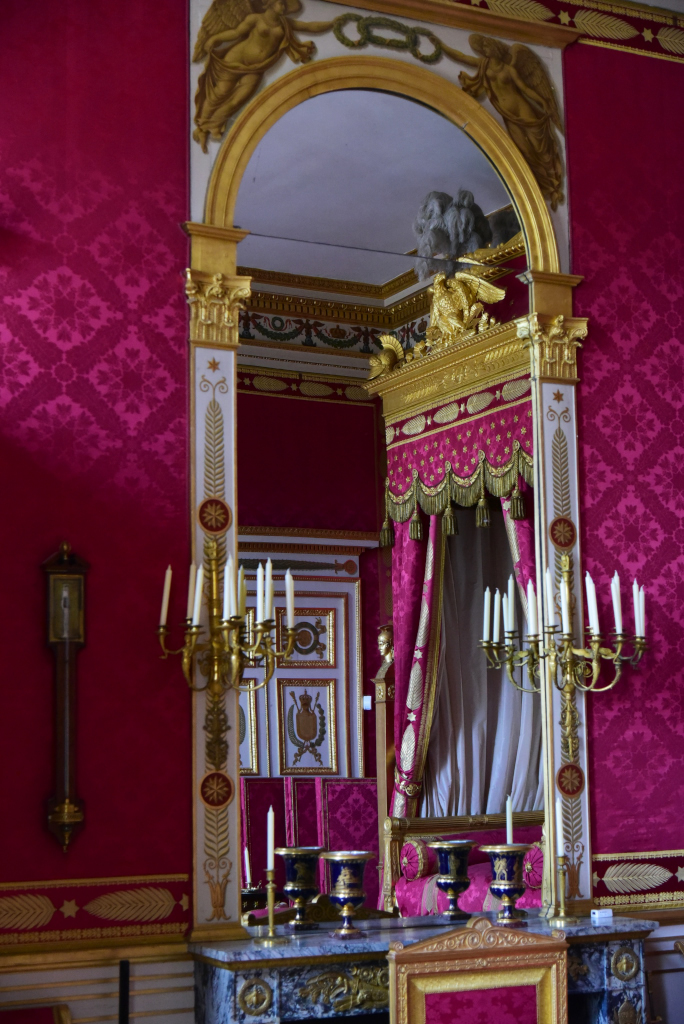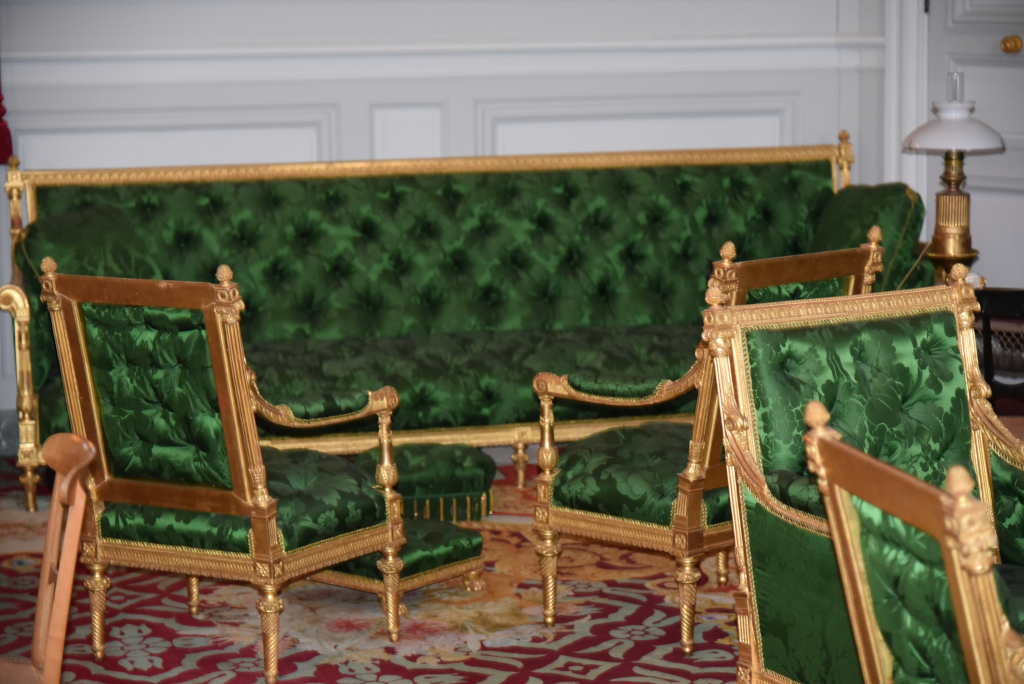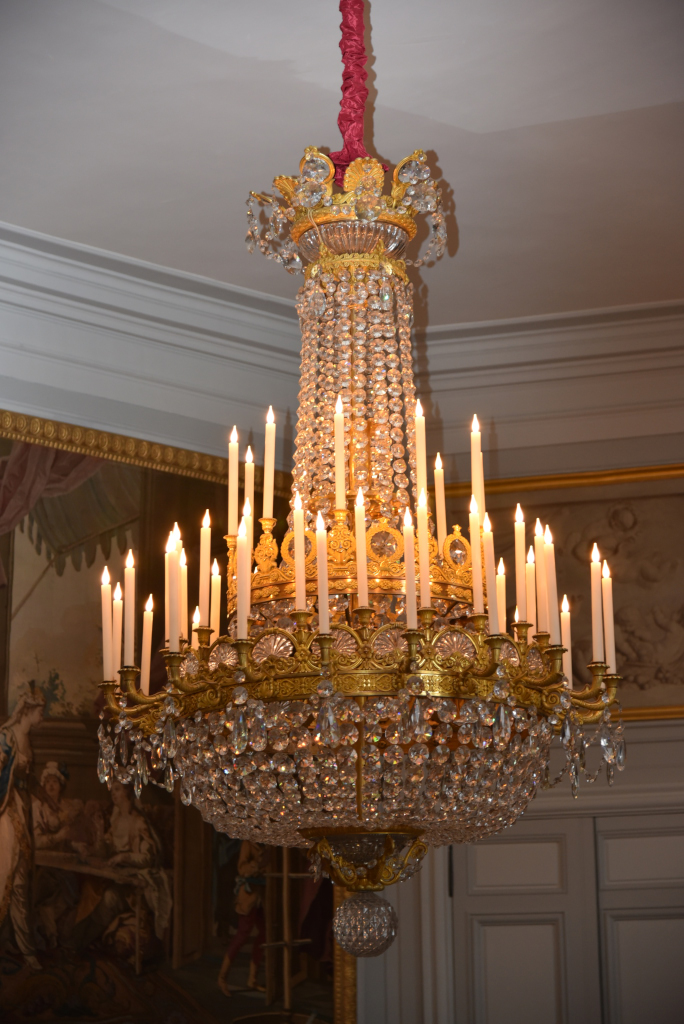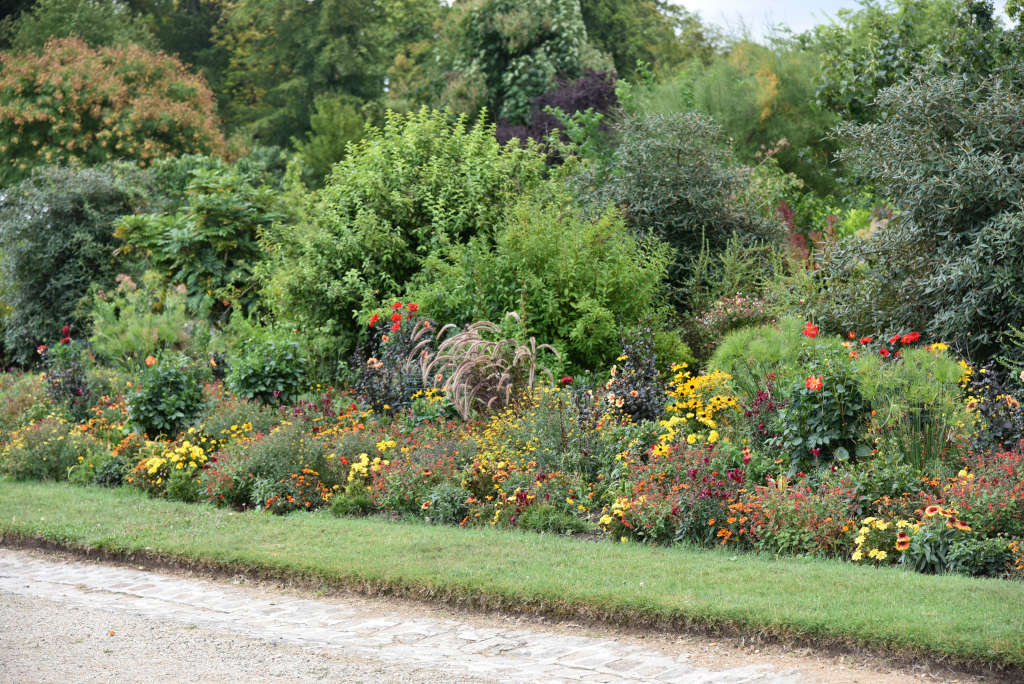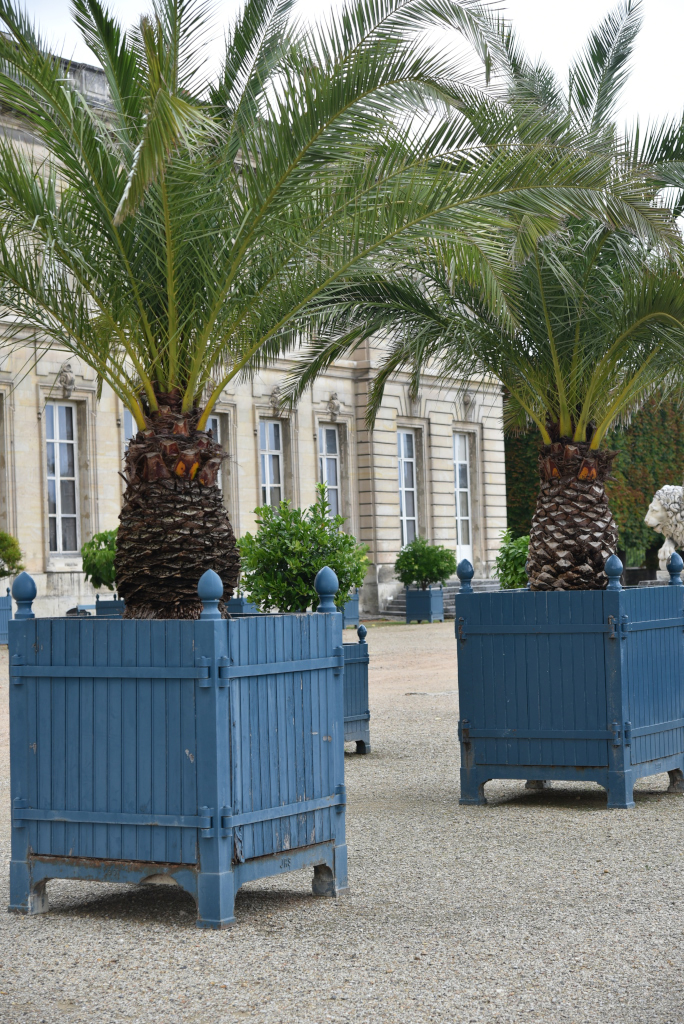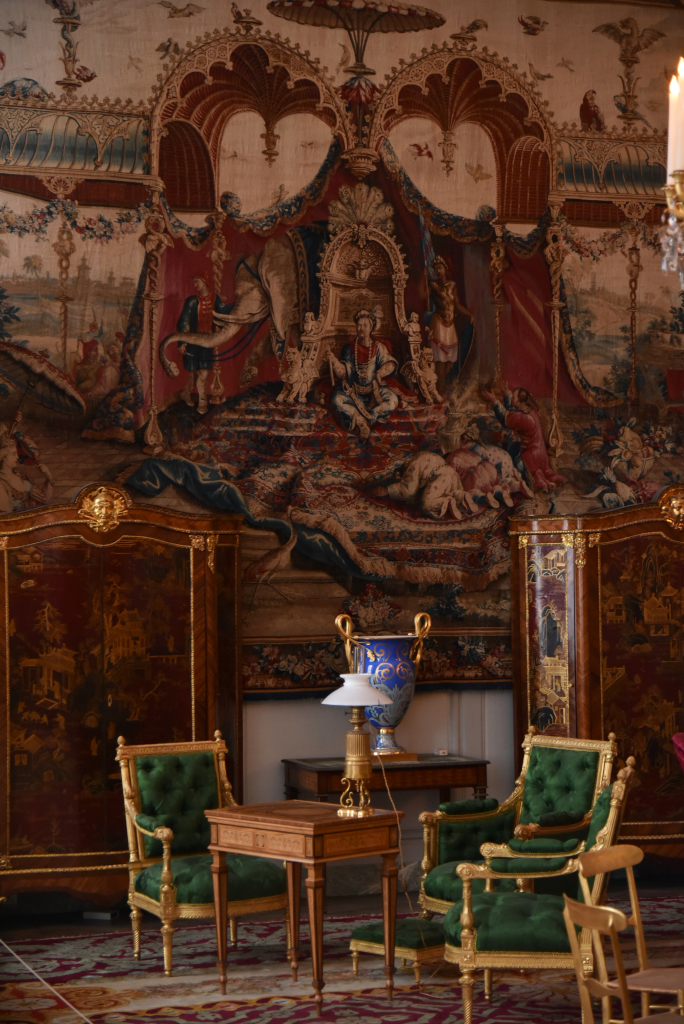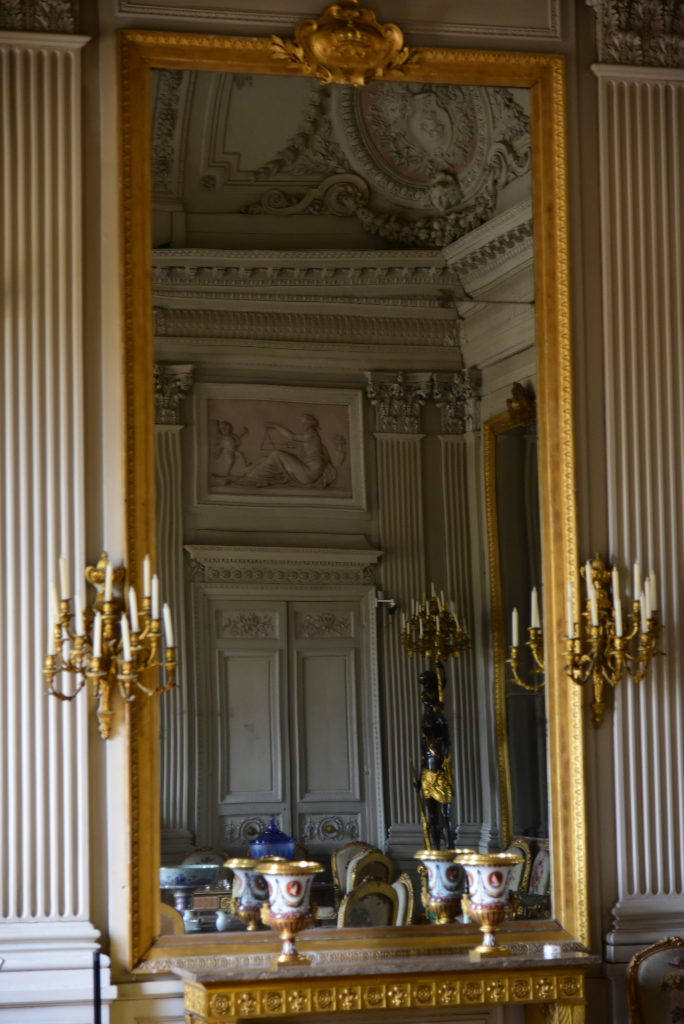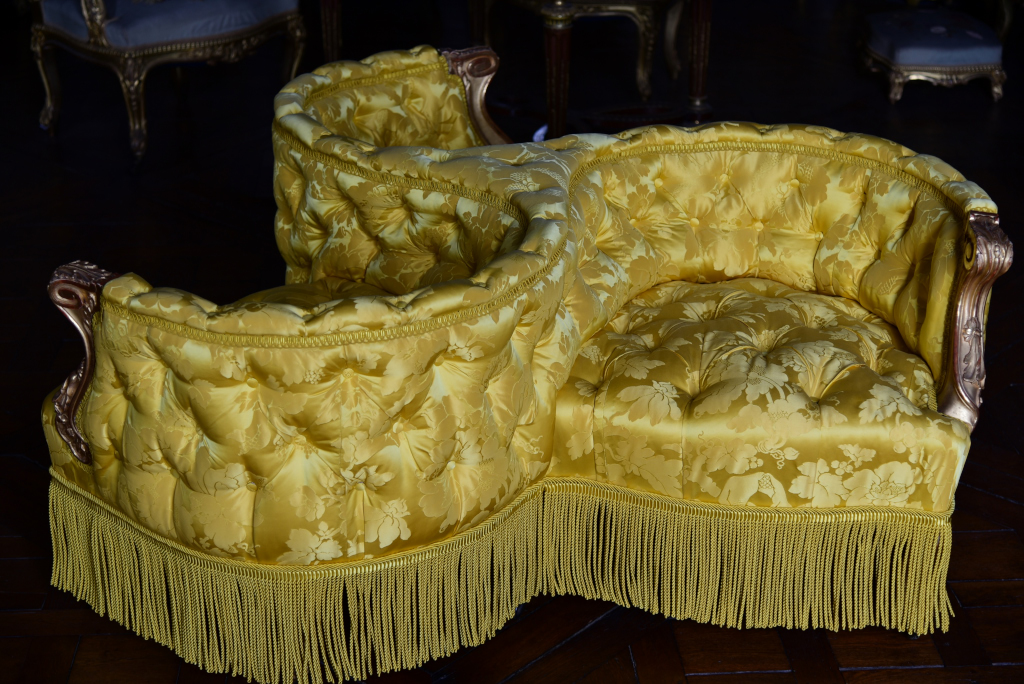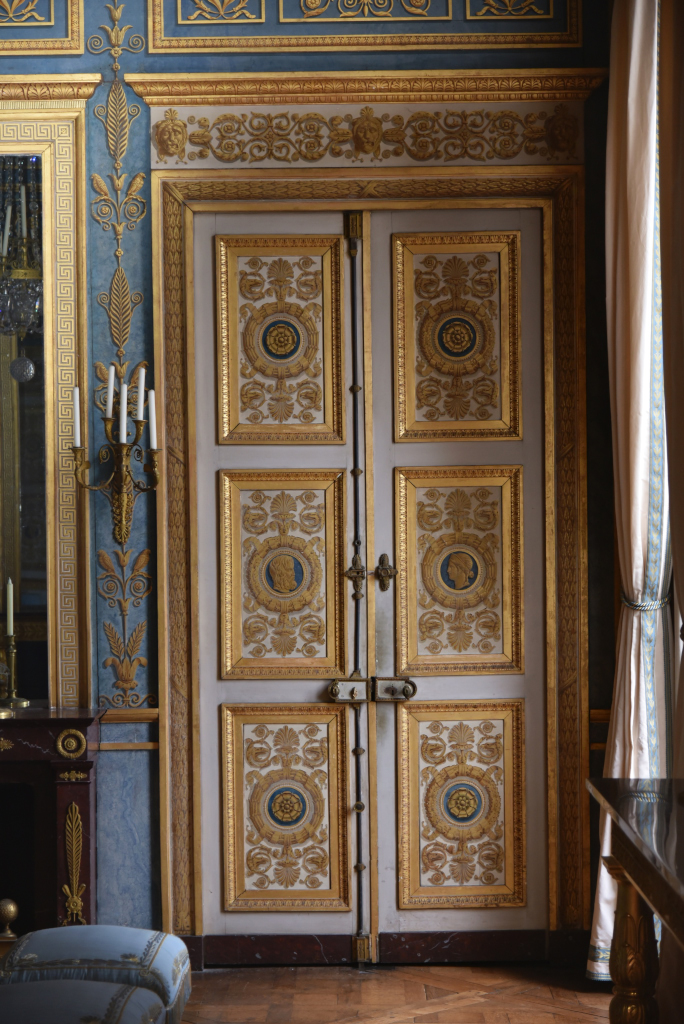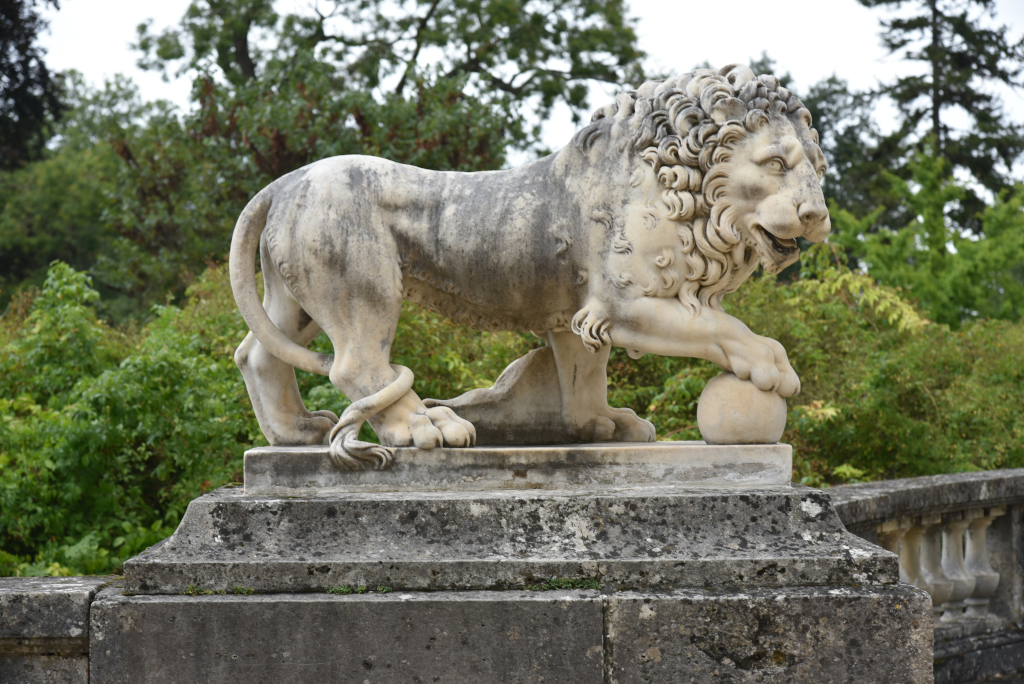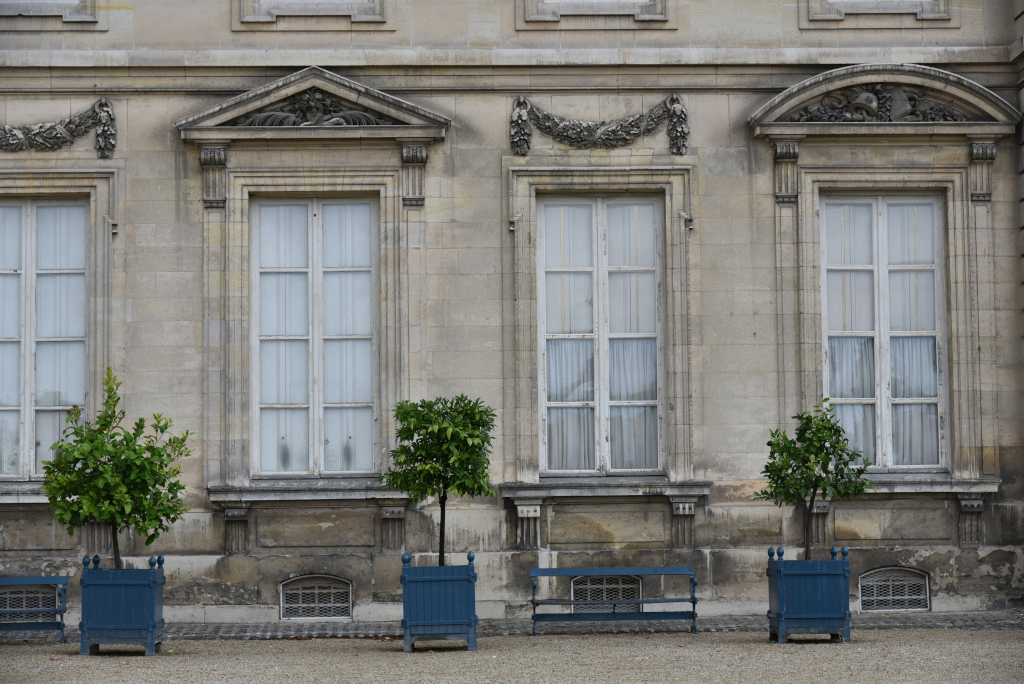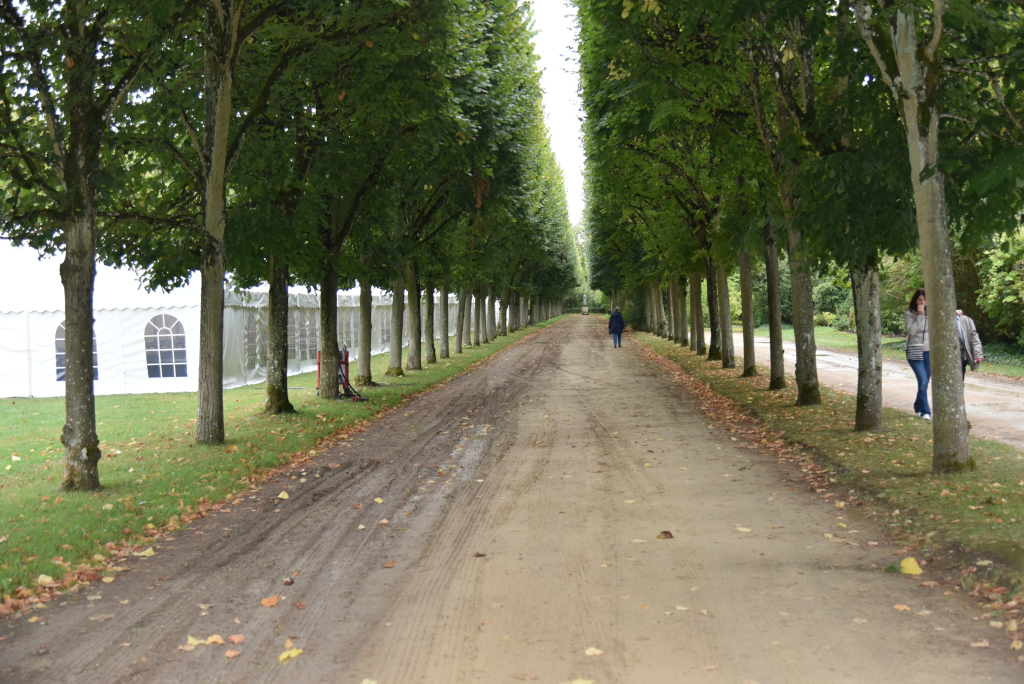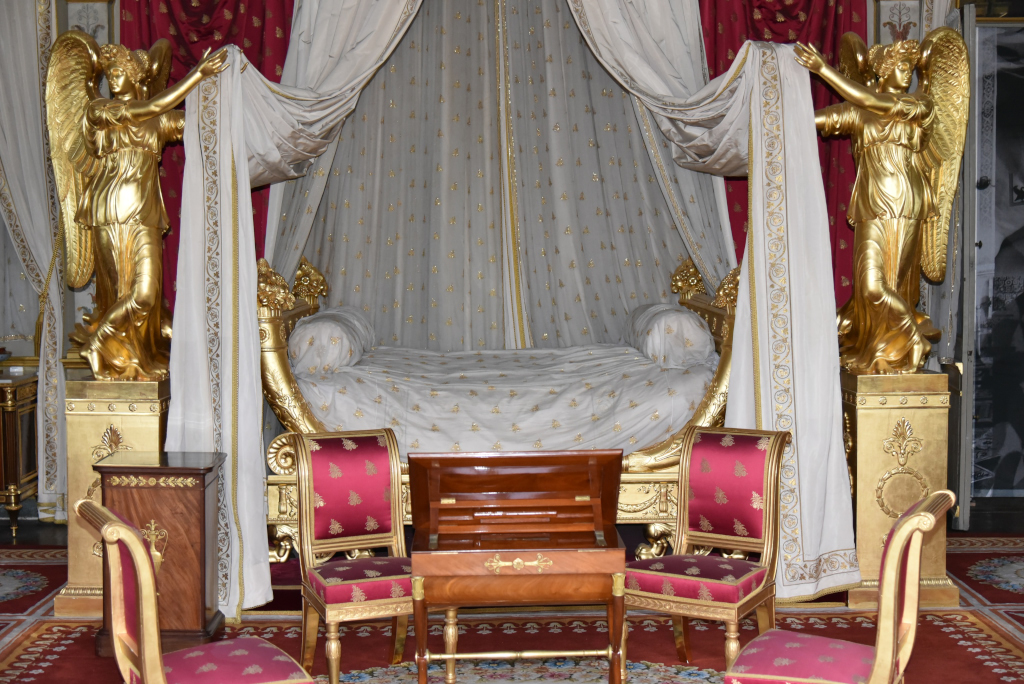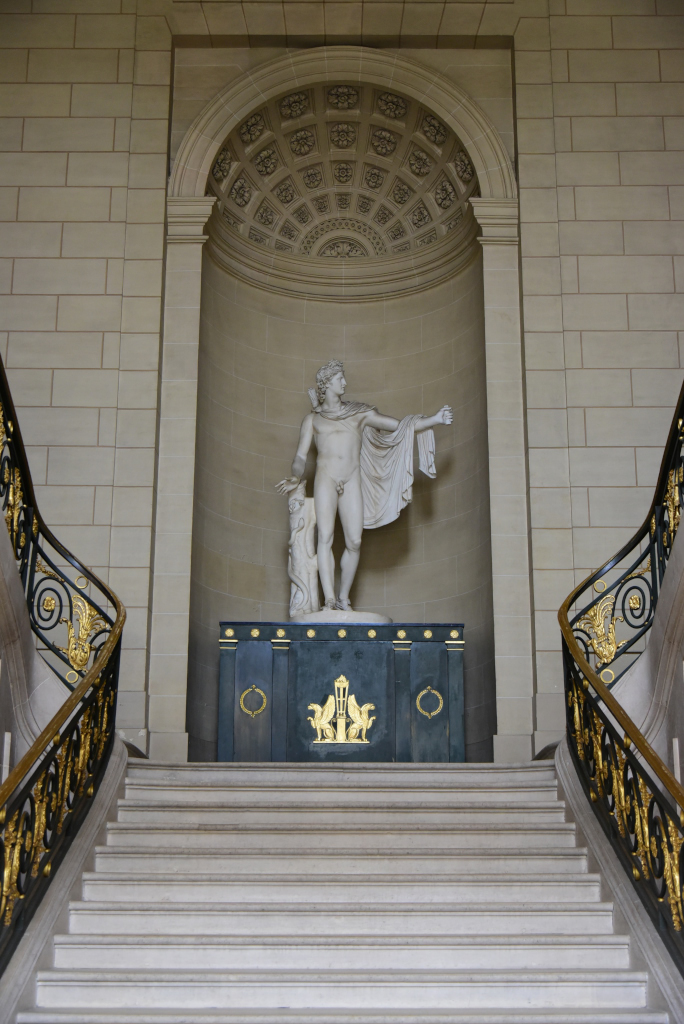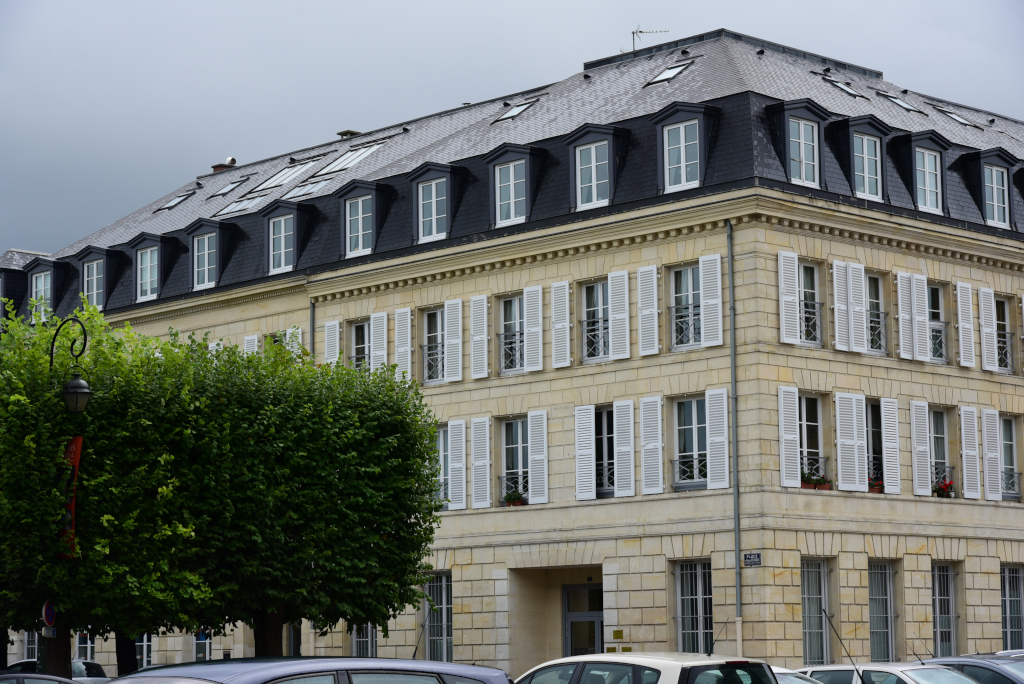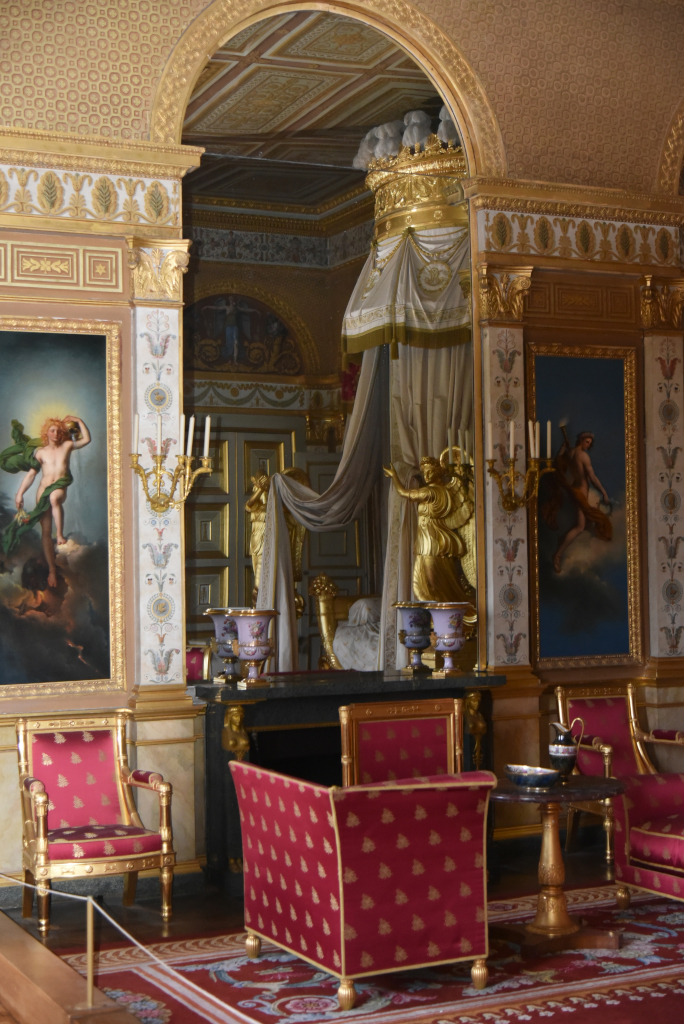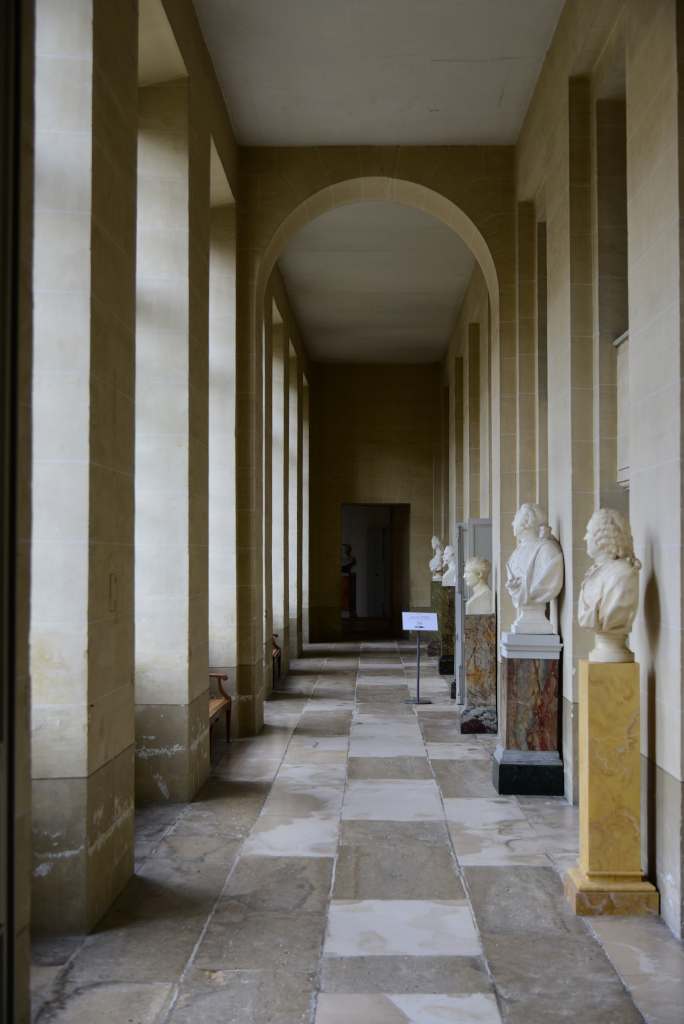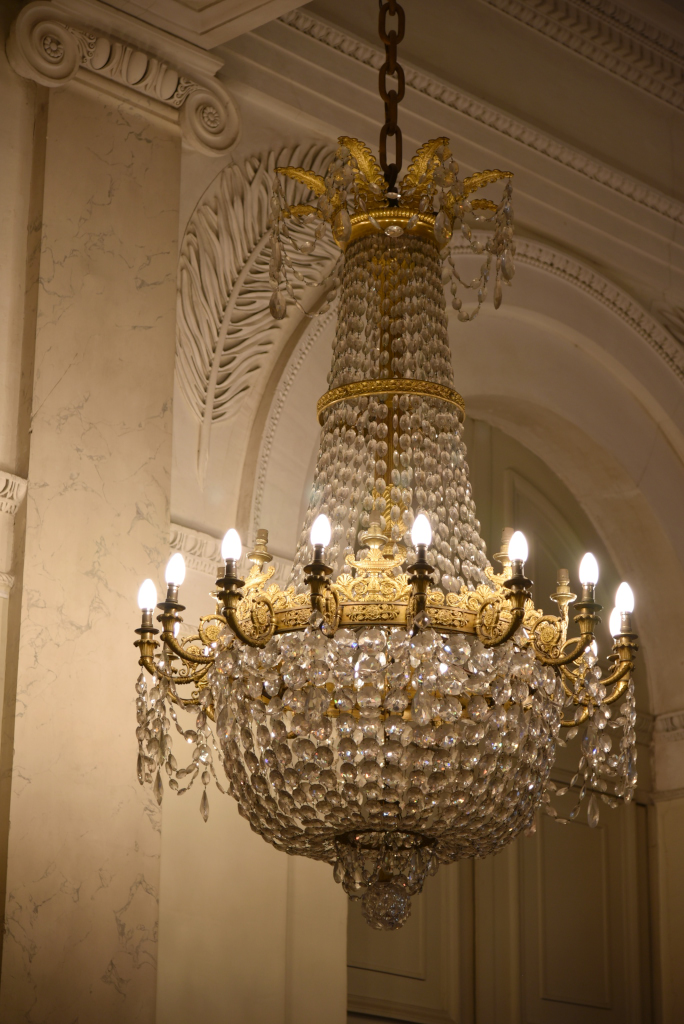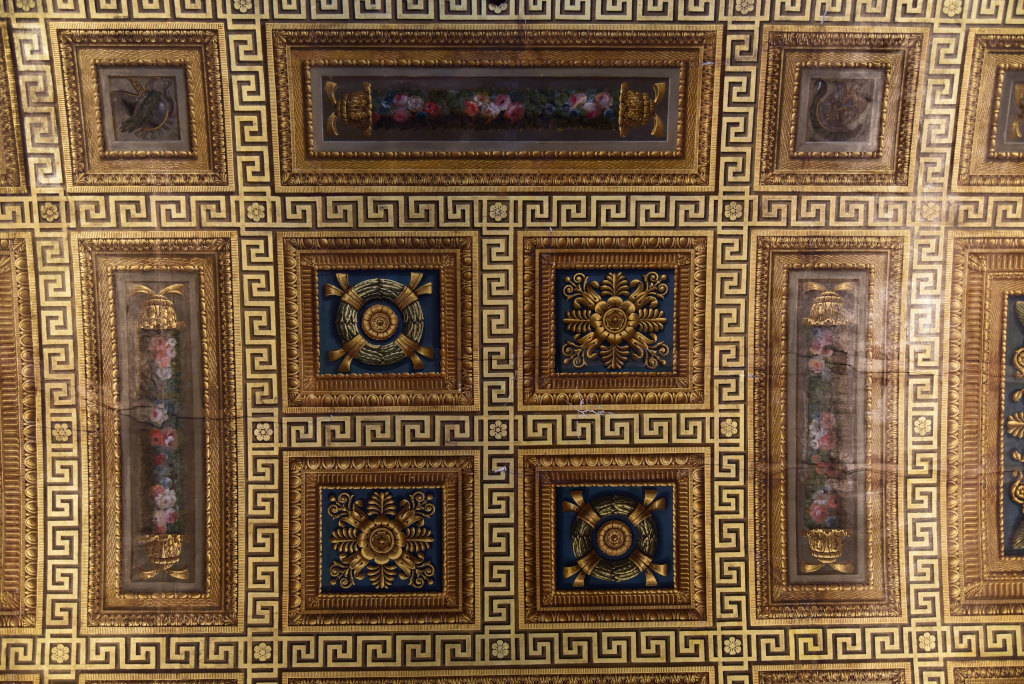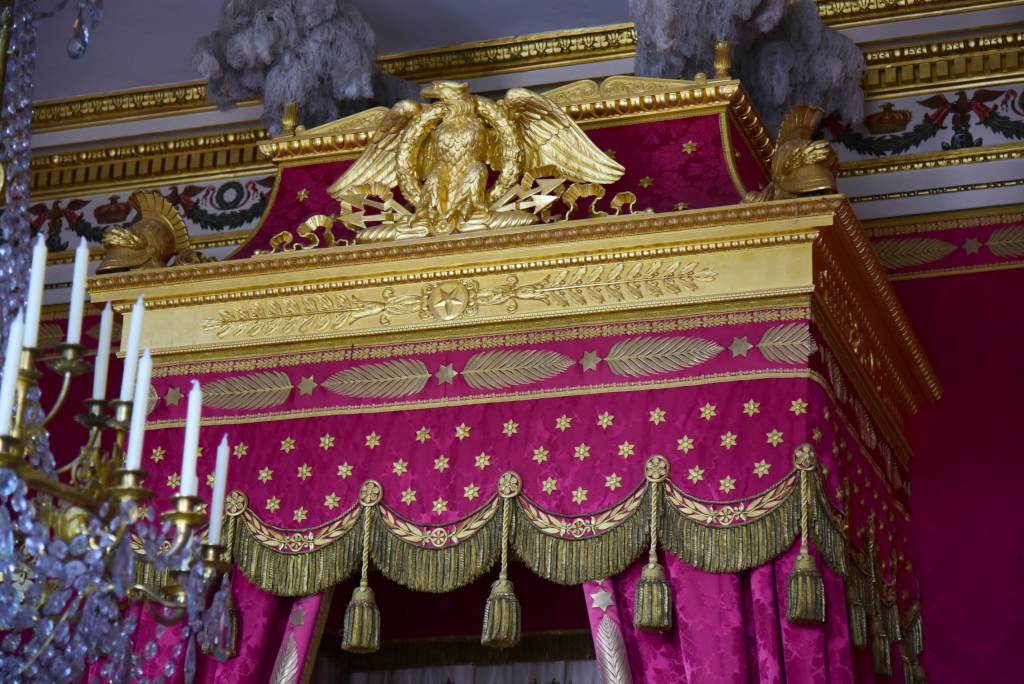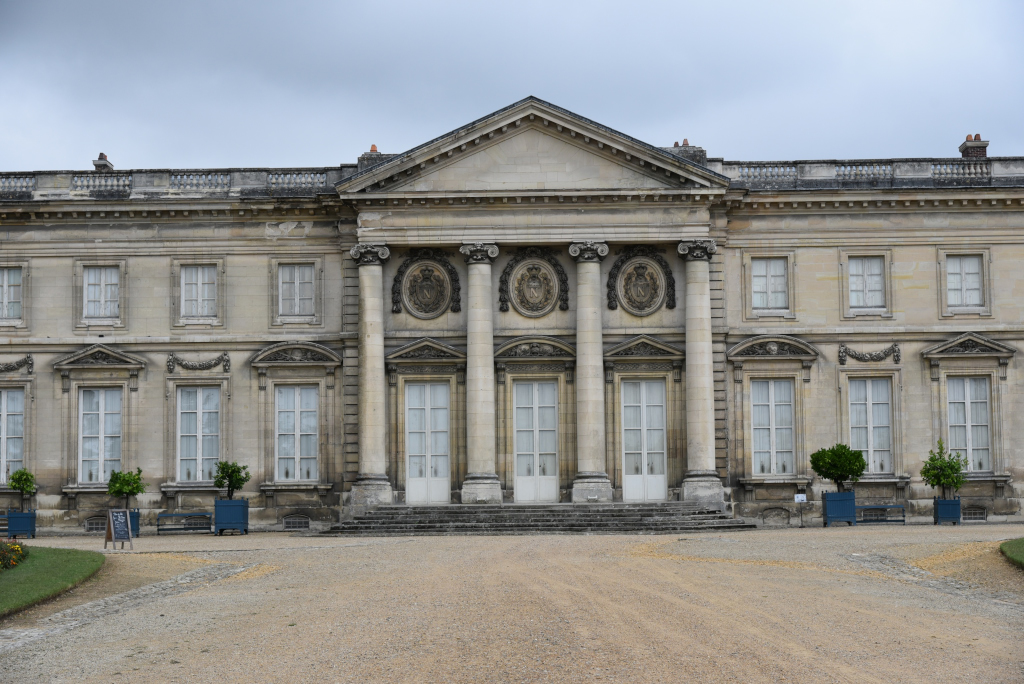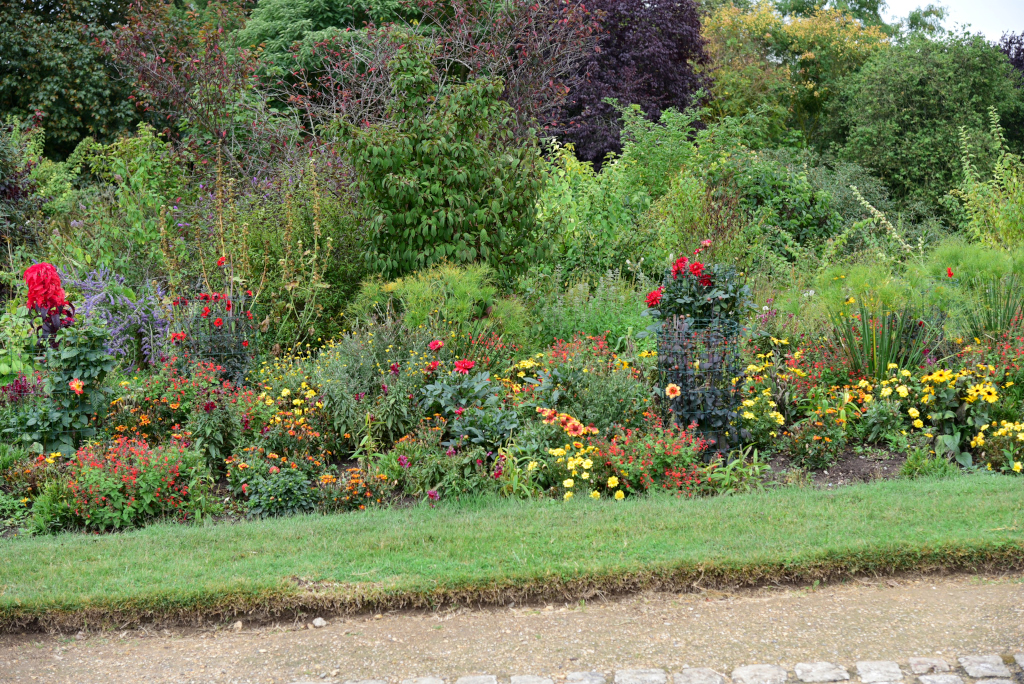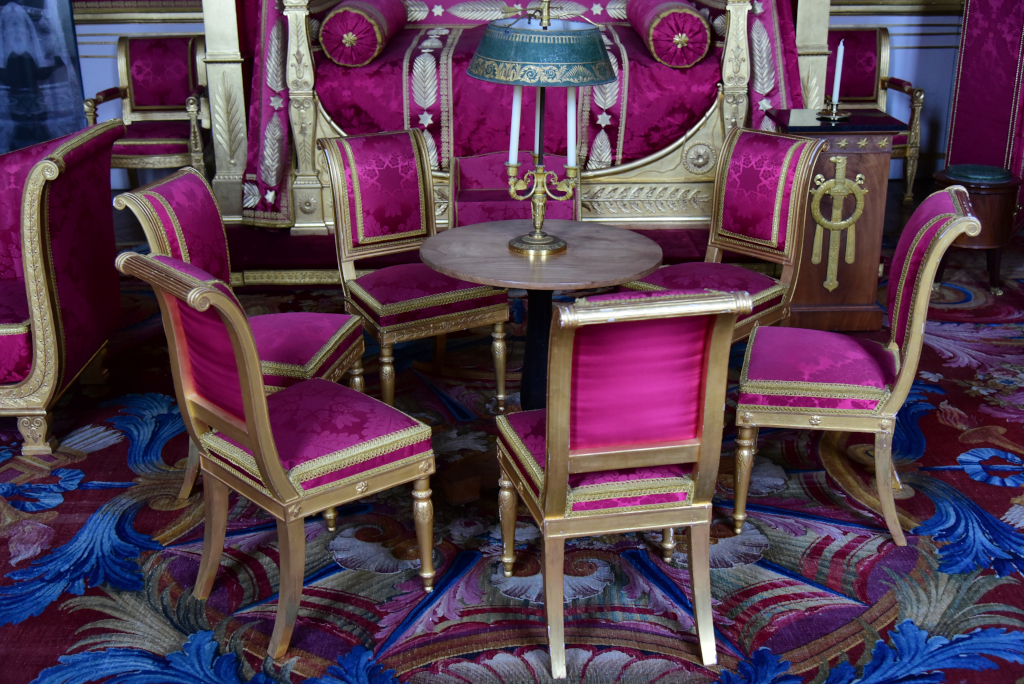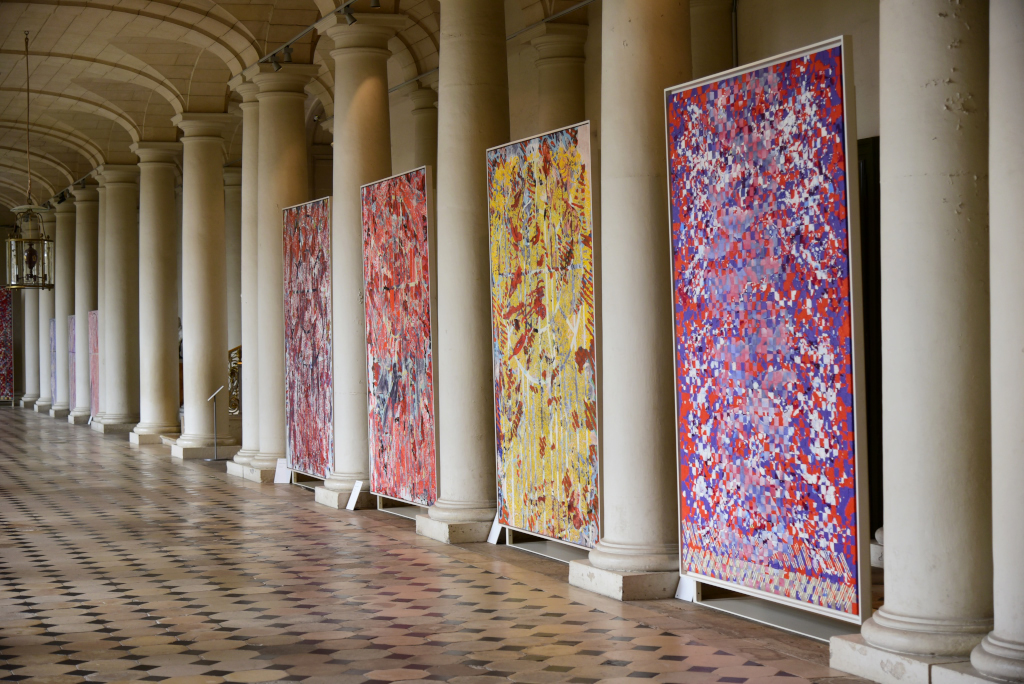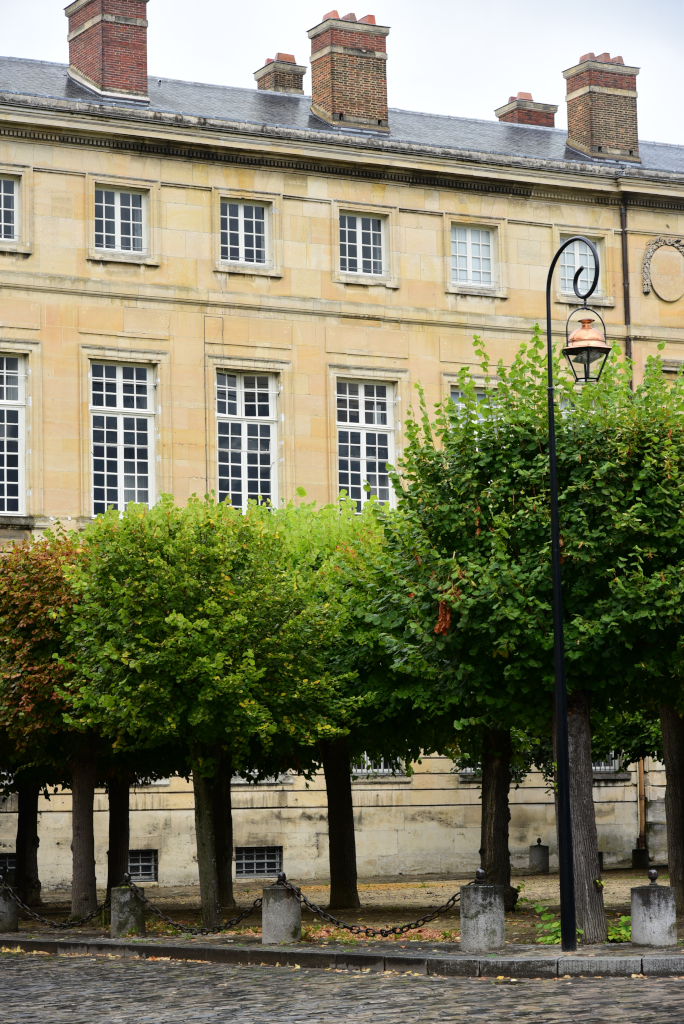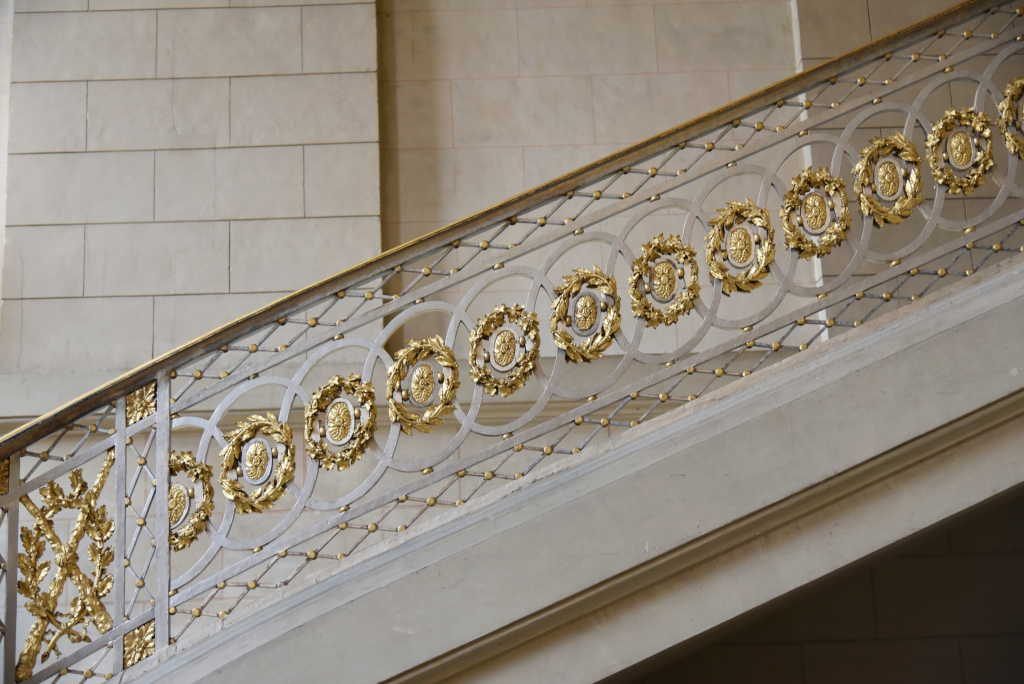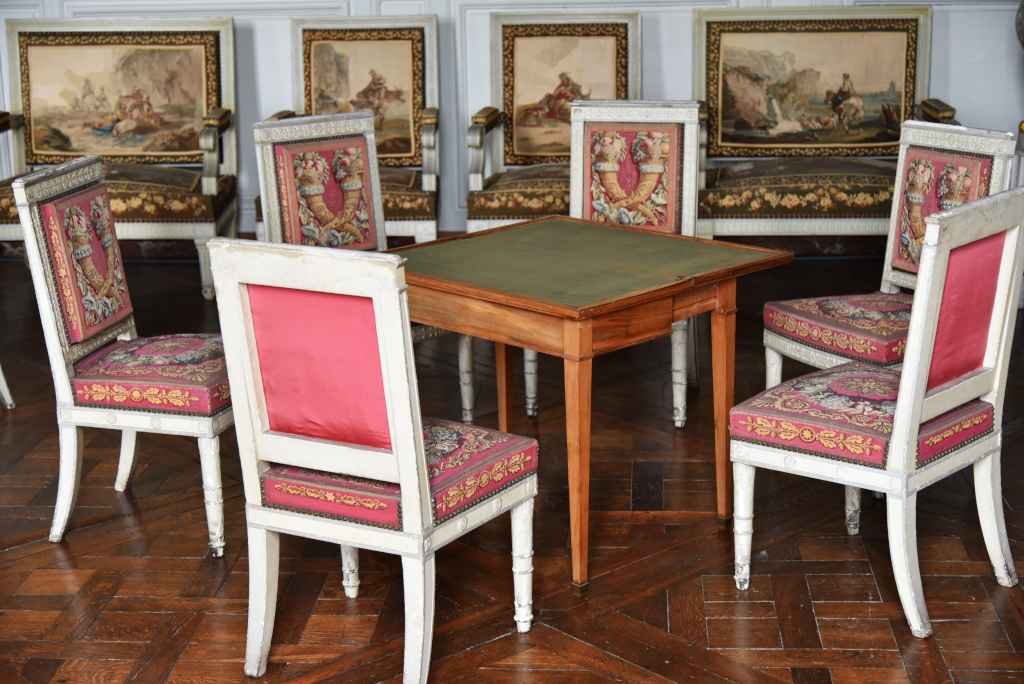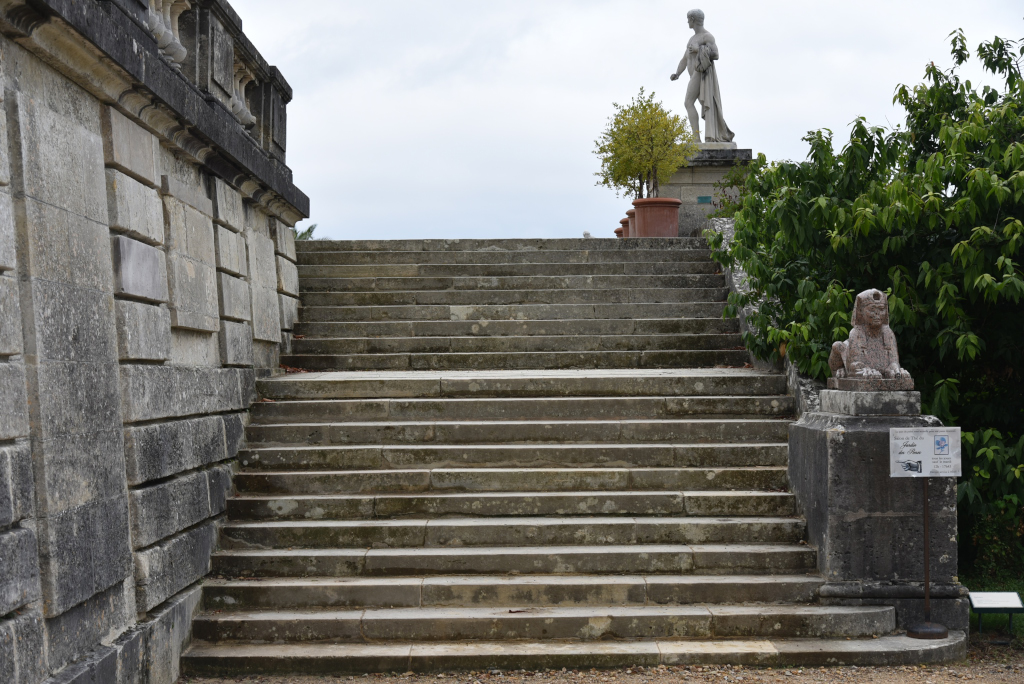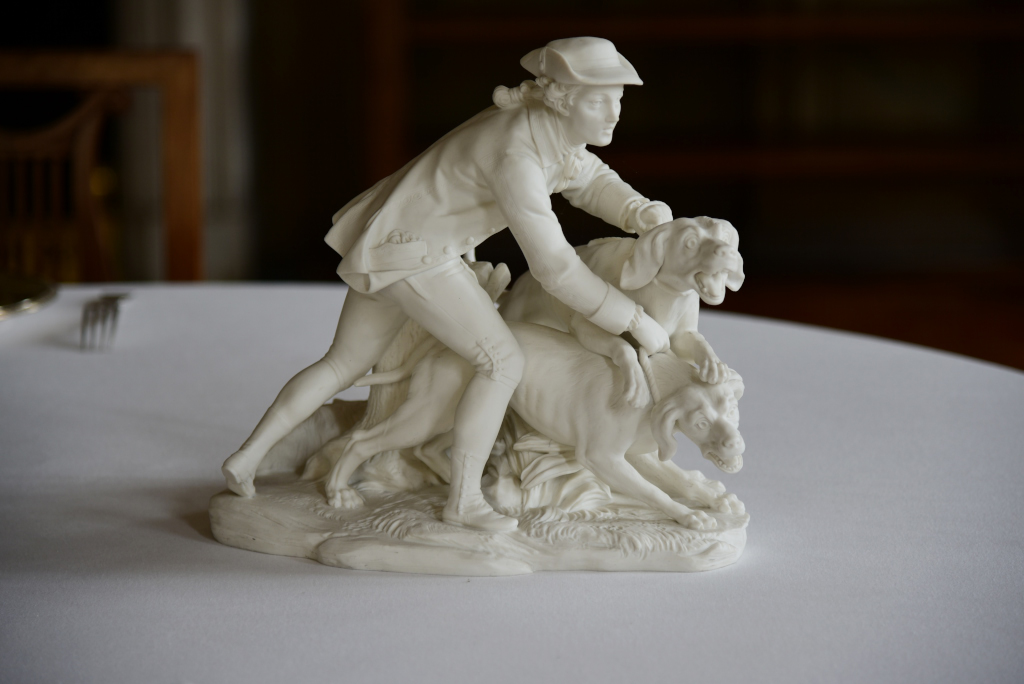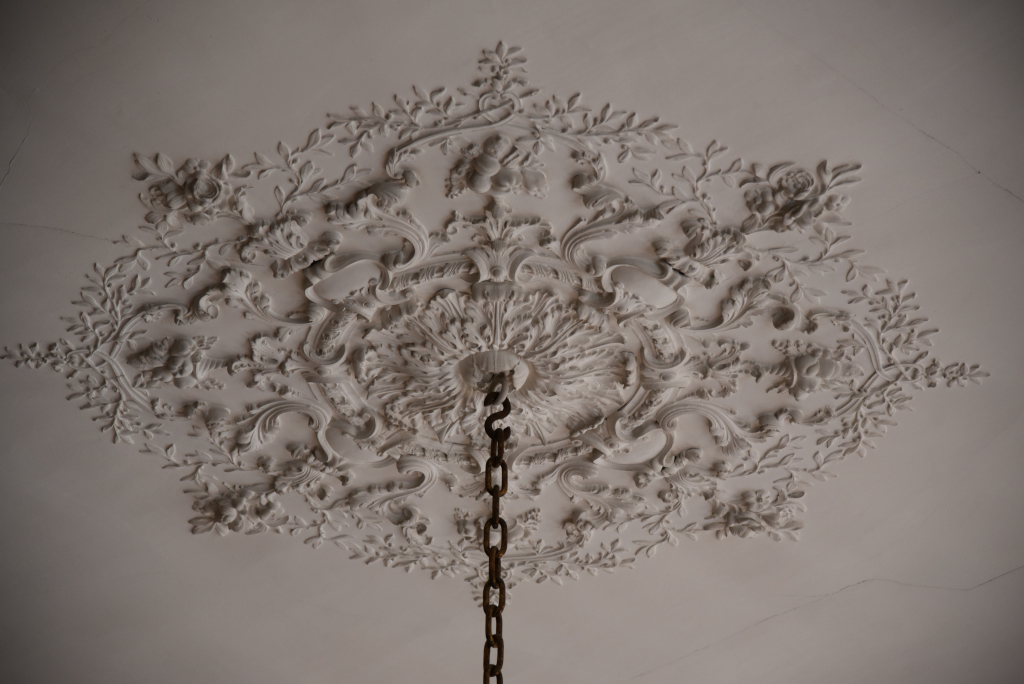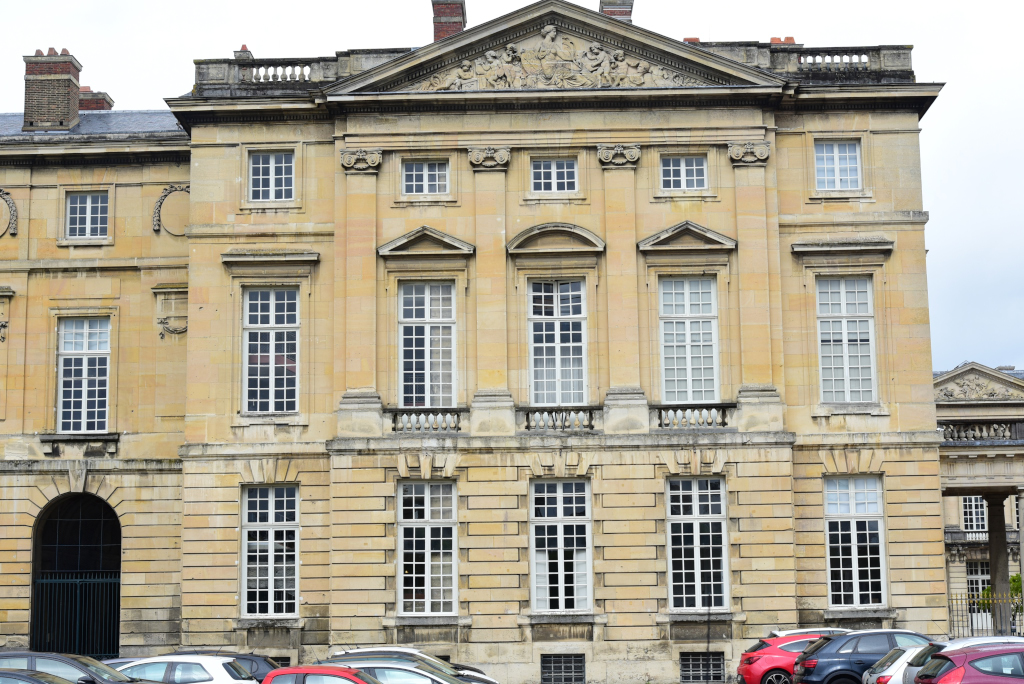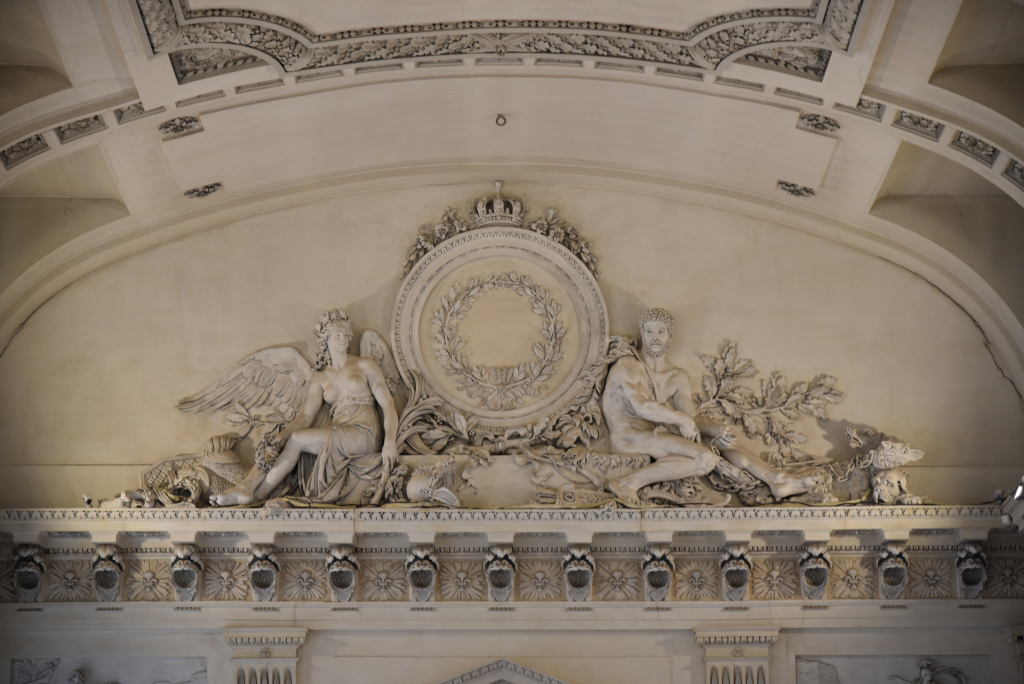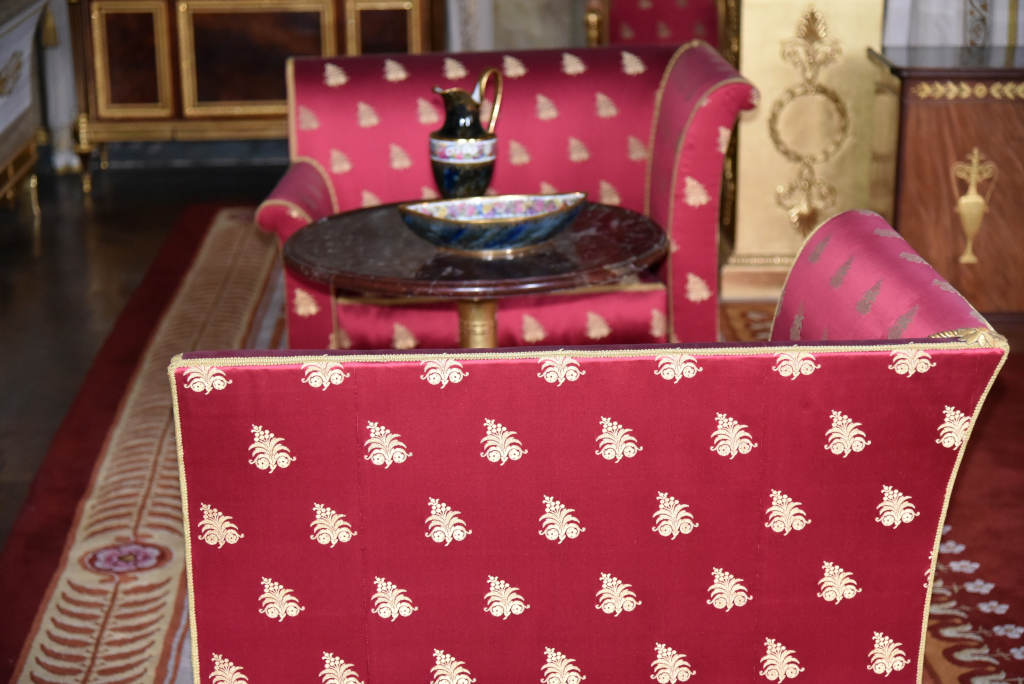August 29, 2018
Meandering through the streets of the charming city of Compiègne, I am inevitably drawn to some of the most important attractions of the city, the Église Saint-Jacques de Compiègne (it has the grandeur of a cathedral, but for technical grounds is only a parish church) as well as the Palais de Compiègne, one of France’s triad of royal palaces.
The Gothic-styled Saint-Jacques church is one of the most important historical monuments of Compiègne, and is located on the Chemin St Jacques (leading to Santiago de Compostela in Spain). The choir, transept and the aisle were built between 1235 and 1270, while the bell tower, the chapels along the aisles and the ambulatory were added between 1476 and the middle of the sixteenth century. While the structure is medieval in nature, the interior decor reflects Baroque and Mannerist touches, the use of naturally-stained wood and gold leaf contrasting elegantly with the sheer stone surfaces.
The church features an irregular north-east – southwest orientation, was designed according to a cruciform plan. The structure measures 51 m in length and 16.70 m in width. It consists of a nave of six oblong bays, with two aisles of the same length, each extending with a short chapel inserted between the outer buttresses, a salient transept, a choir with two bays and a five-sided apse, as well an irregularly laid-out ambulatory.
The palace of Compiègne is the image of luxury and elegant decadence, having served as abode for many French kings throughout history. Four palaces preceded the contemporary royal palace, the oldest dating back to the beginning of the Merovingian dynasty. Many important events of the Merovingian dynasty occurred in Compiègne , reflecting its importance from earliest times.
It was in Compiègne that Clotaire II made peace with his nephew Thibert II in 604. In 633, Dagobert I gathered the parliament to decide the foundation of the basilica of Saint-Denis.
Under the Carolingians, Compiègne frequently was the meeting place of general assemblies of bishops and lords and, from the reign of Pepin the Short, achieved greater diplomatic importance. For example, in 757 Pepin hosted an embassy of the Emperor of Constantinople, Constantine V Copronymus, and received the homage of the Duke of Bavaria, Tassilon III. It was also at the palace of Compiègne that Louis the Pious organized various assemblies, two of which, in 830 and 833, try to push him to abdication.
Charles the Bald established in Compiègne the seat of his royal and imperial authority. In 875, he received an embassy from the emir of Cordoba, Muhammad I, who brought rich gifts conveyed by camel. In 877, he also founded the abbey of Notre-Dame de Compiègne on the site of the former Merovingian palace.
The son of Charles the Bald, Louis II the Stammerer, was crowned in Compiègne in 877 in the Palatine Chapel, where he was buried two years later. Eudes was proclaimed king of France in 888 at the palace as well. The last of the Carolingians, Louis V, died in Compiègne in 987. The Capetians continued to frequent Compiègne, although the palace gradually lost its political role in their time.
At the time of Louis IX, only the great hall and the tower of the old palace remained as the seat and symbol of the military and feudal administration, while the large assemblies were held at the Abbey of Saint-Corneille. The King only maintained a modest residence at Compiègne at the edge of the forest, at a place called Royallieu.
Towards the end of the 14th century, Charles V had a new palace built on the site of the current palace. It was in this palace that Charles VI met the States General of 1382. The Valois kings often stayed in Compiègne, with an interruption in the fifteenth century, when the city fell into the hands of Burgundians (1414 to 1429). Charles VII, who has just been crowned at Reims, made his solemn entry in Compiègne on August 18, 1429, and stayed at the palace for twelve days, inaugurating the tradition of the king’s stay at Compiègne following the coronation, which will be observed by almost all the monarchs up to Charles X included.
Charles VIII and Louis XII made several trips to Compiègne. François I came to Compiègne frequently, and had the buildings as well as the attached forest subjected to improvements. Charles IX was responsible for the creation of six hectare garden, the beginning of the future park.
Louis XIII came to Compiègne often. In 1624, he settled at the palace from April to July, where he received an embassy of King James I of England and the delegates of the United Provinces. During his last stay in 1635, he ordered the total renovation of the apartments of the King and Queen, carried out under the regency of Anne of Austria.
The palace was greatly expanded under Louis XIV, including the construction of large and small chancelleries, stables, hotels for ministers and their offices, given that Compiègne was, in addition to Versailles and Fontainebleau the only residence where the King met the Council. Following 1698, Louis XIV did not return to Compiègne, and the palace remained vacant for ten years. Then from October 1708 to March 1715, Louis XIV welcomed the banished Elector of Bavaria Maximilian II Emmanuel.
Louis XV came for the first time to Compiègne on June 4, 1728, then chose to settle in the palace while negotiating peace with Spain in Soissons. Given that he took great pleasure in hunting in the attached forest, he spent one to two months at the palace every year.
Louis XVI visited Compiègne infrequently. He stayed at the palace for the first time in 1774, shortly after his accession to the throne, then, in accordance with tradition, visited in 1775 for three days on his way to Reims and three days on his return. Subsequently, he visited for only a few short hunting trips.
The contemporary and last incarnation of the palace of Compiègne was built between 1751 and 1788 by Ange-Jacques Gabriel and Louis Le Dreux de La Châtre, who created one of the signature pieces of the period of Louis XV. The terrain on which the palace is built is difficult due to its position relative to the old ramparts of the city as well as its uneven elevation. Hence the palace was designed in a triangular manner, with the short side facing the Place d’Armes where the entrance to the main courtyard is located, the long side facing the Rue d’Ulm and the hypotenuse facing the garden.
The neoclassical facades of the structure are sober, lacking unnecessary ornamentation. The large interior apartments occupy the level corresponding to the ground floor of the garden facade and the second floor of the rest of the palace. Under Louis XV, all the interior decor of the king’s apartment was dedicated to hunting, including portraits of dogs, large maps of the forest of Compiègne, as well as tapestries and woven Gobelins. The woodwork is white, without highlights of gilding or color. However, the interior was thoroughly redone and today reflects a superlative and homogeneous First Empire decor.
(Narrative excerpted from Wikipedia)

